An exotic terrane terrain is a piece of the Earth's crust that has merged with another landmass and has a separate and entirely different geologic history.
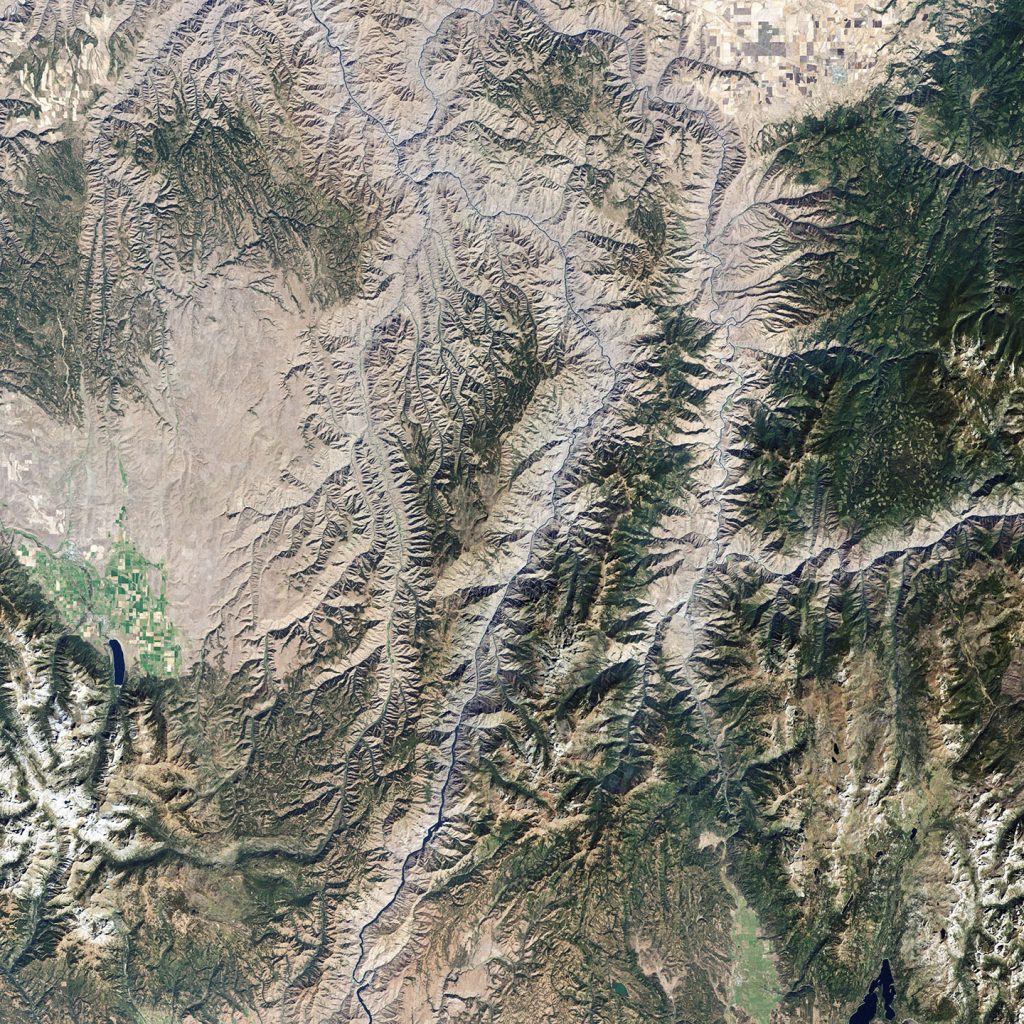
Hells Canyon National Recreation Area, USGS/NASA Landsat
Hells Canyon: An Exotic Terrane is an interdisciplinary artist project, centered around Hells Canyon Wilderness / National Recreation Area and adjacent environs. The works focus on place, including a visual celebration of natural beauty, quality of light, and aesthetics. Exotic Terrane also engages with contemporary issues related to public lands, water, and borders. The works are both a celebration and critique of western spaces, in relationships to identity, mythology, and power. The project is supported by a Fellowship from WSU’s Center for Arts and Humanities.
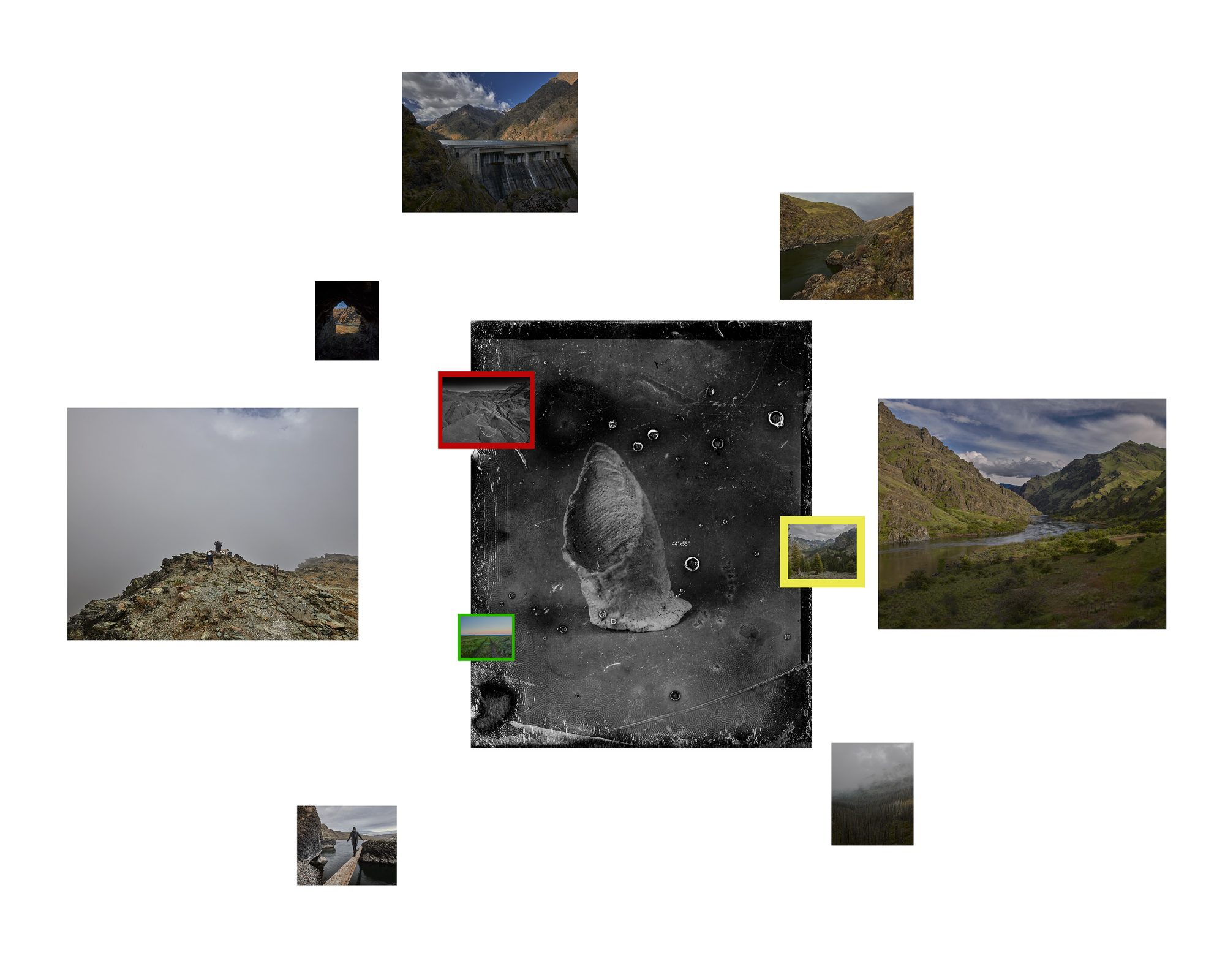
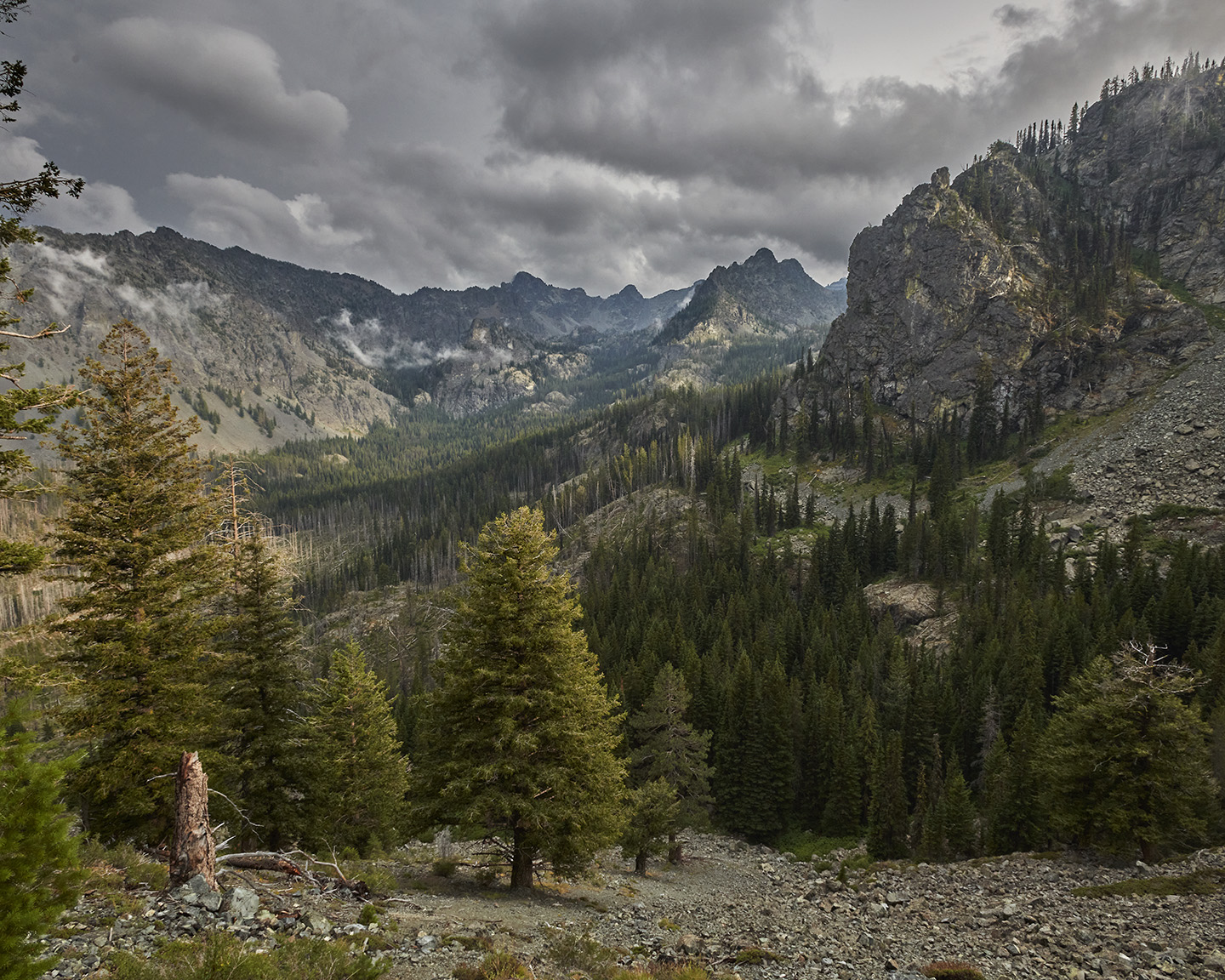
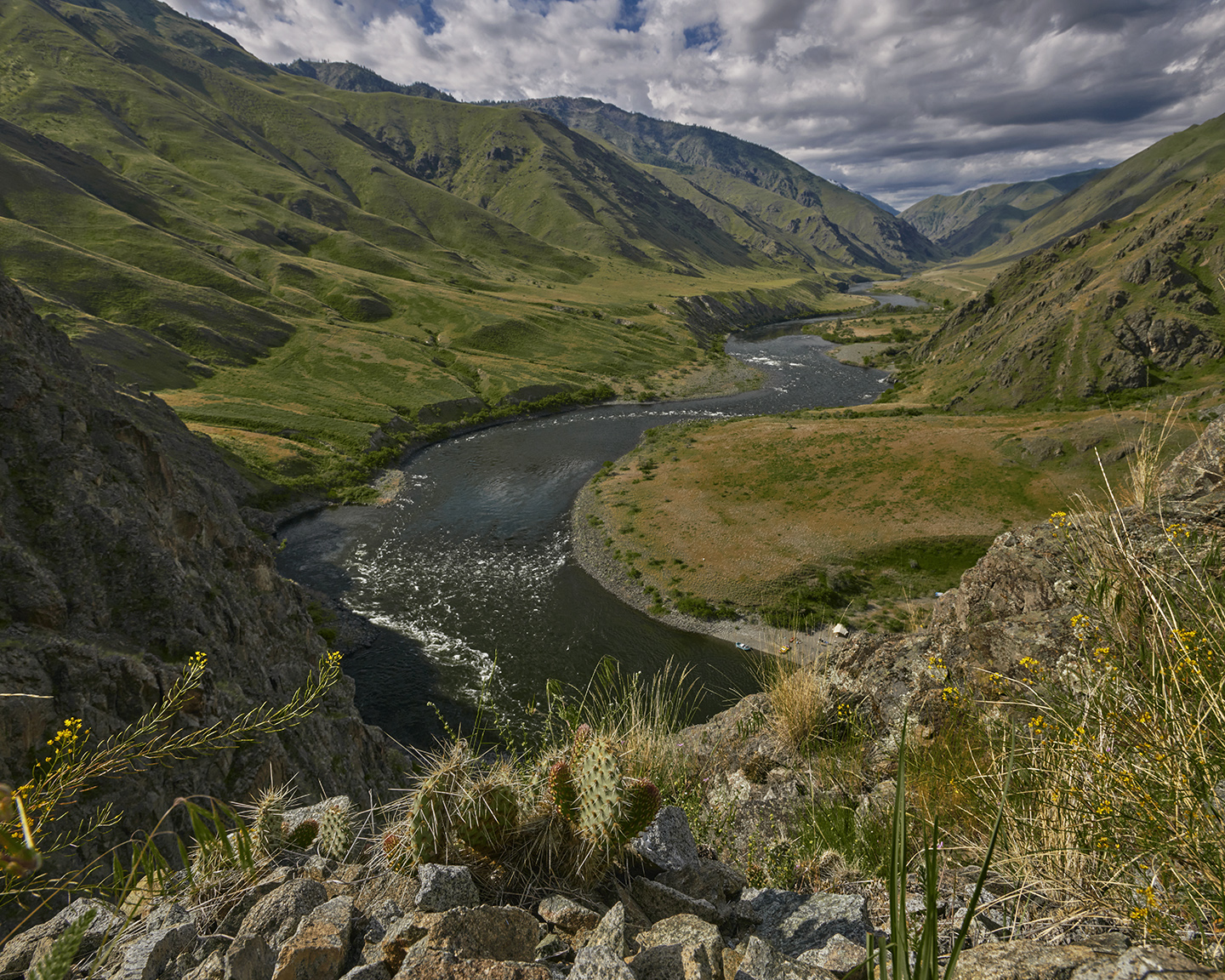
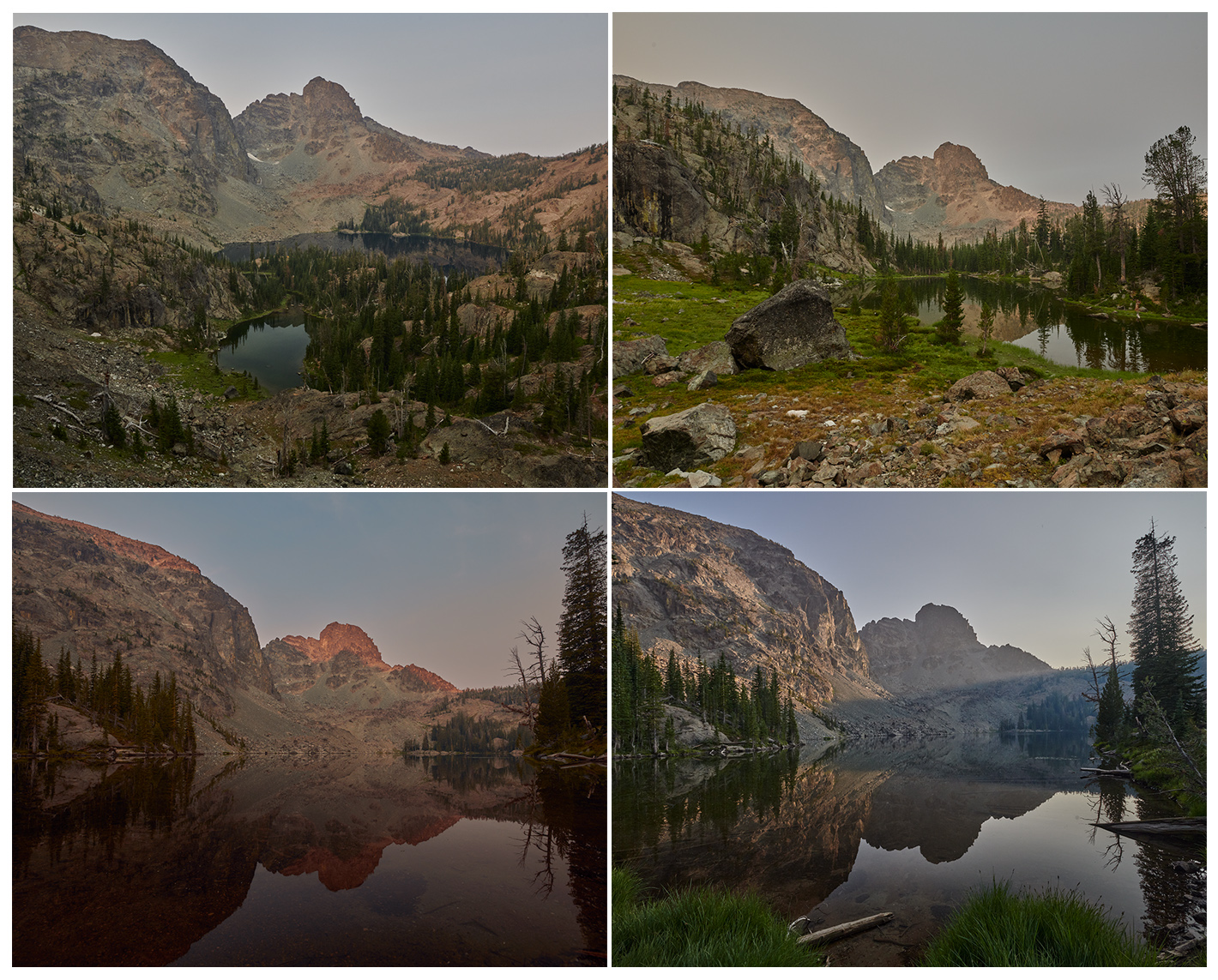
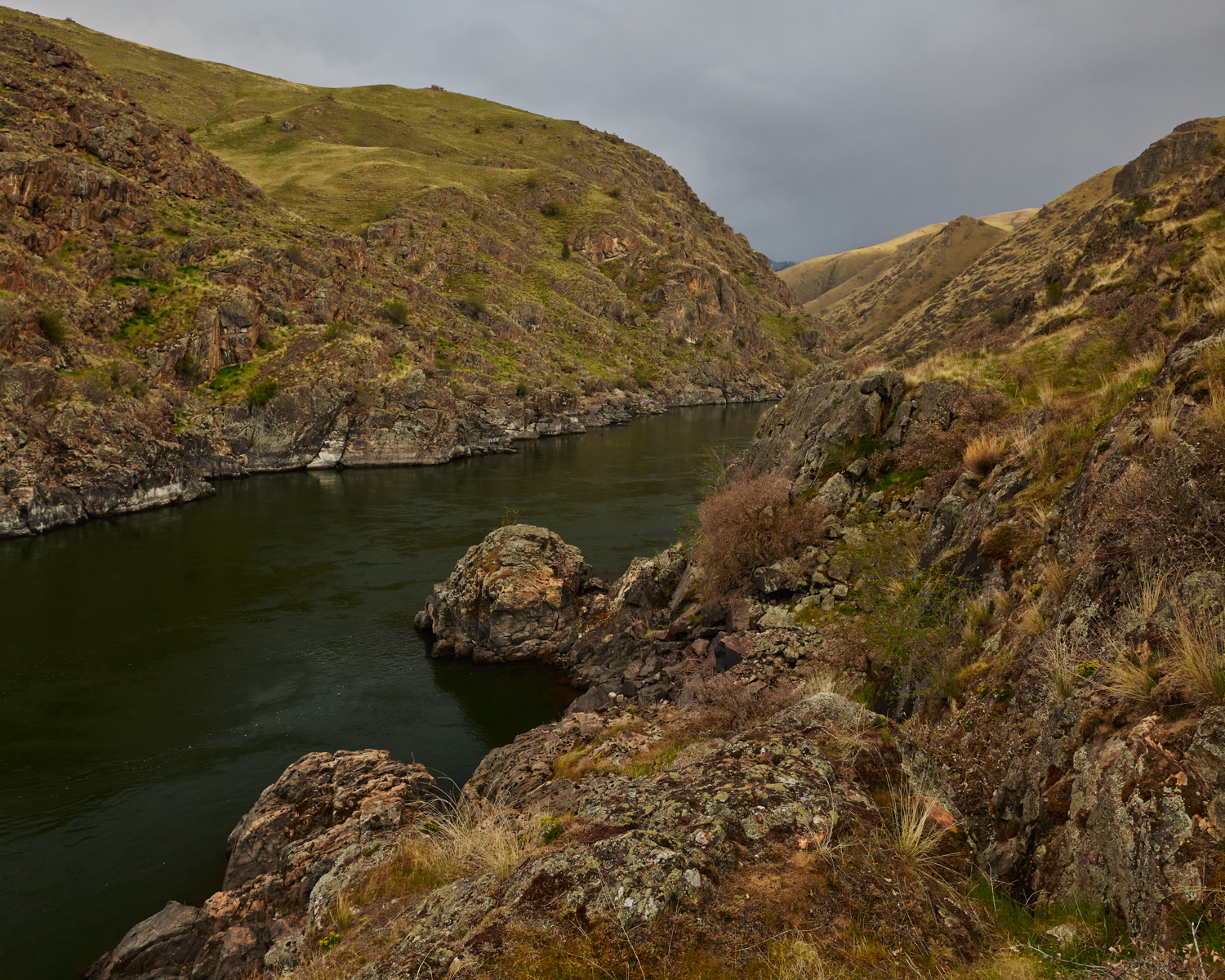
How is this work informed by and contribute to conversations around social and environmental justice in addition to land and water rights?
My art focuses on land and water, including examining the connections, conflicts and intersections of nature and culture. The works are informed by readings and research that include a diversity of voices and perspectives. Often what these readings have in common, is a reevaluation and dismantling of myths and narratives that have historically dominated the “west.” Included is a selection of books that I have read in 2021, in regards to my project:
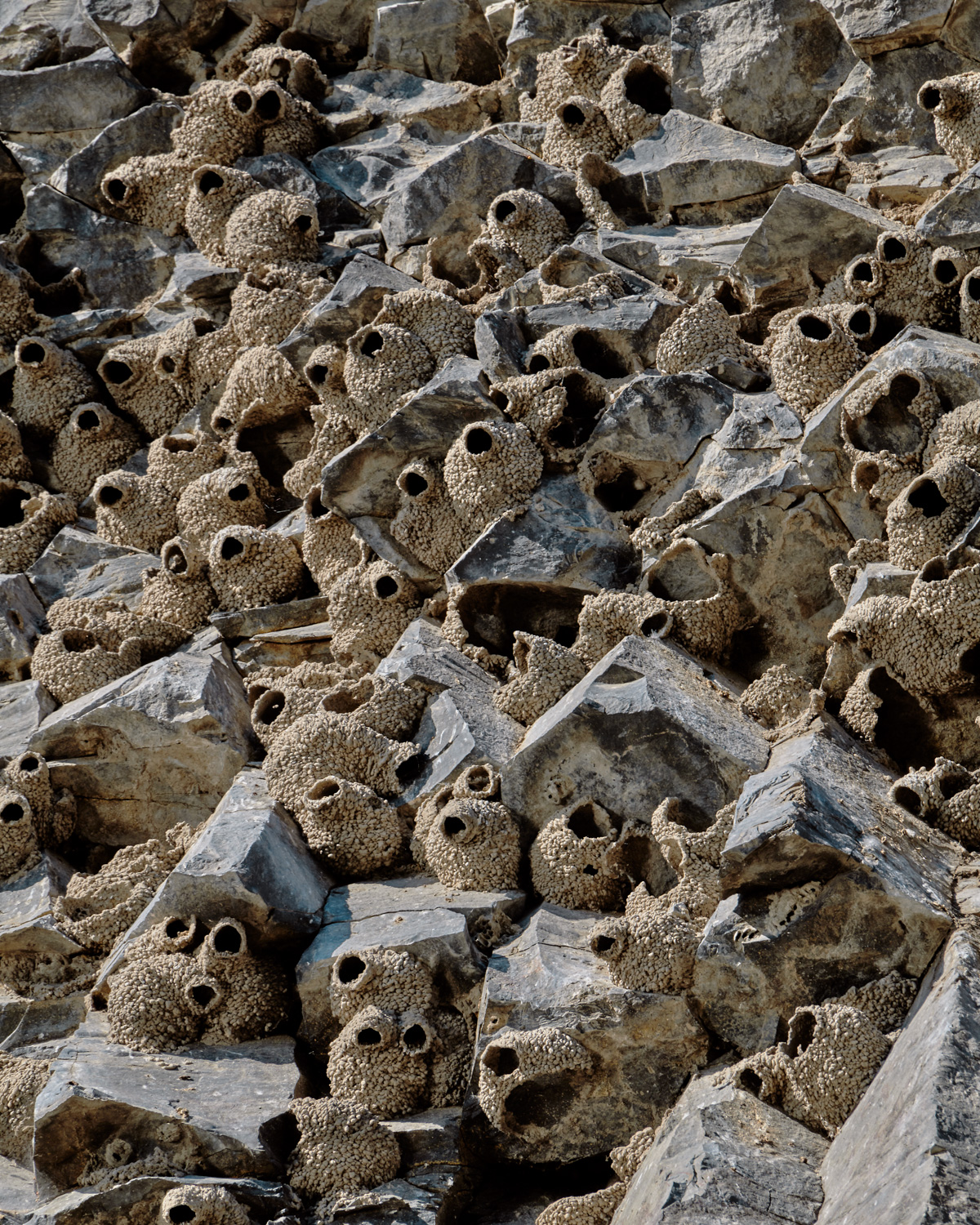
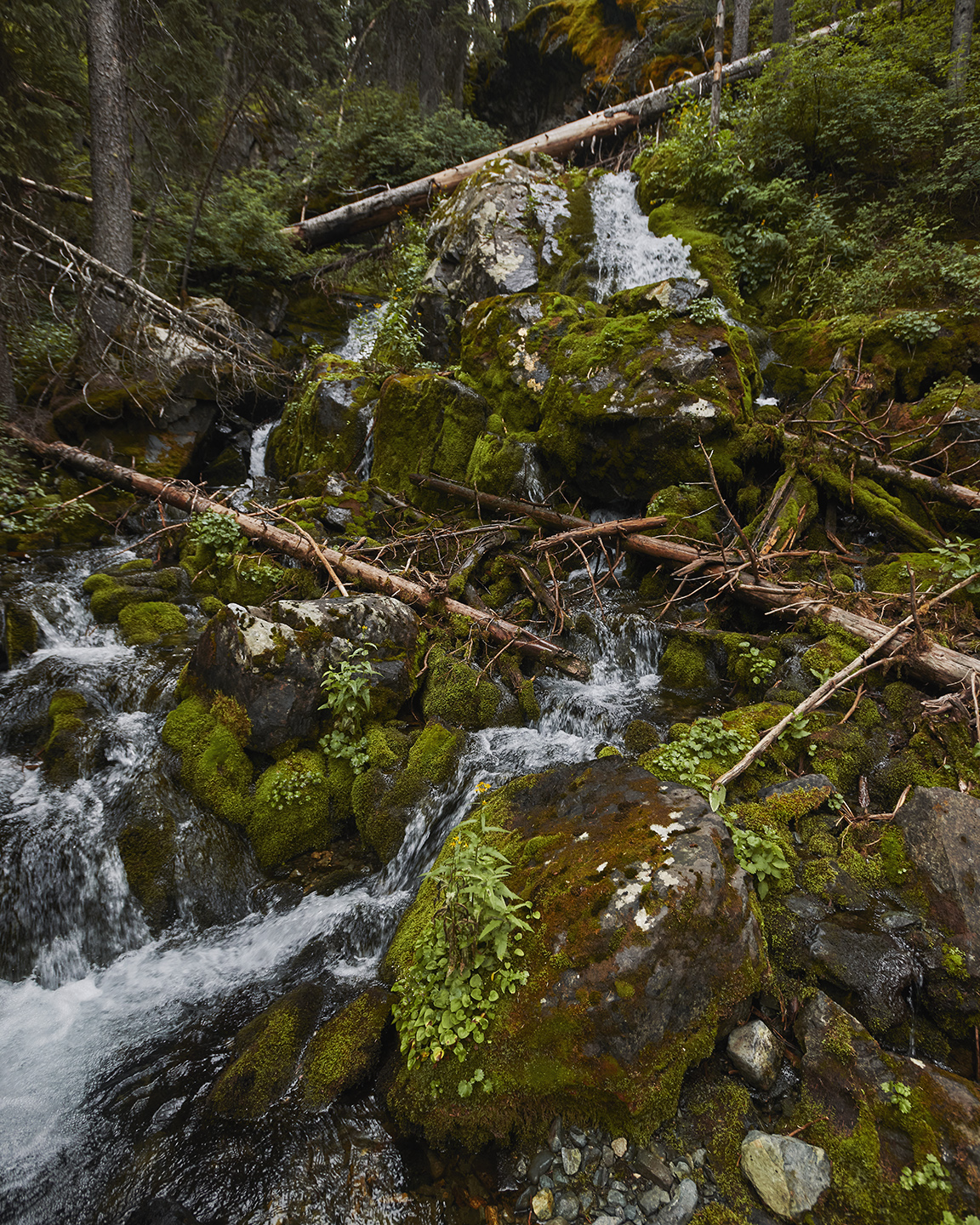
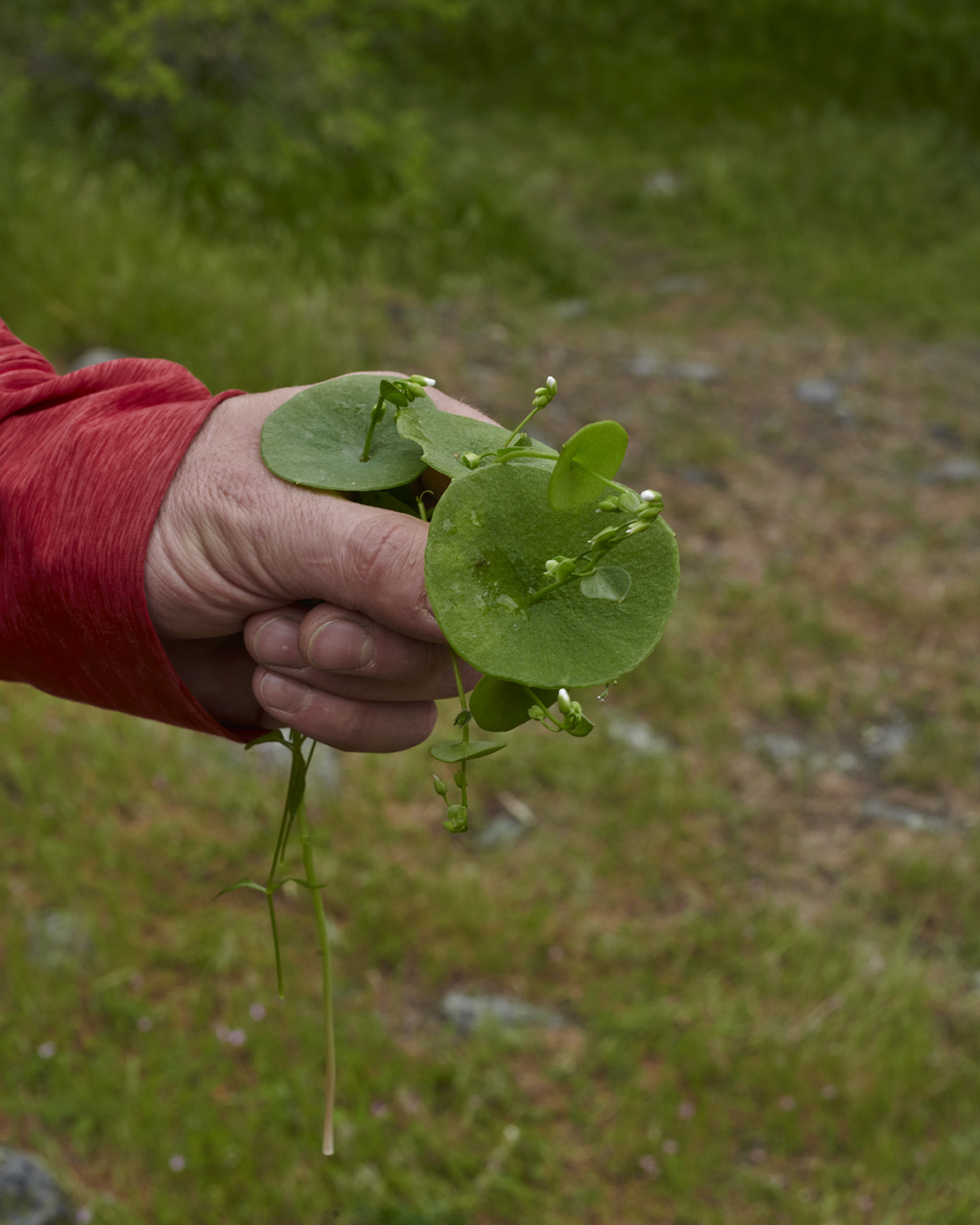
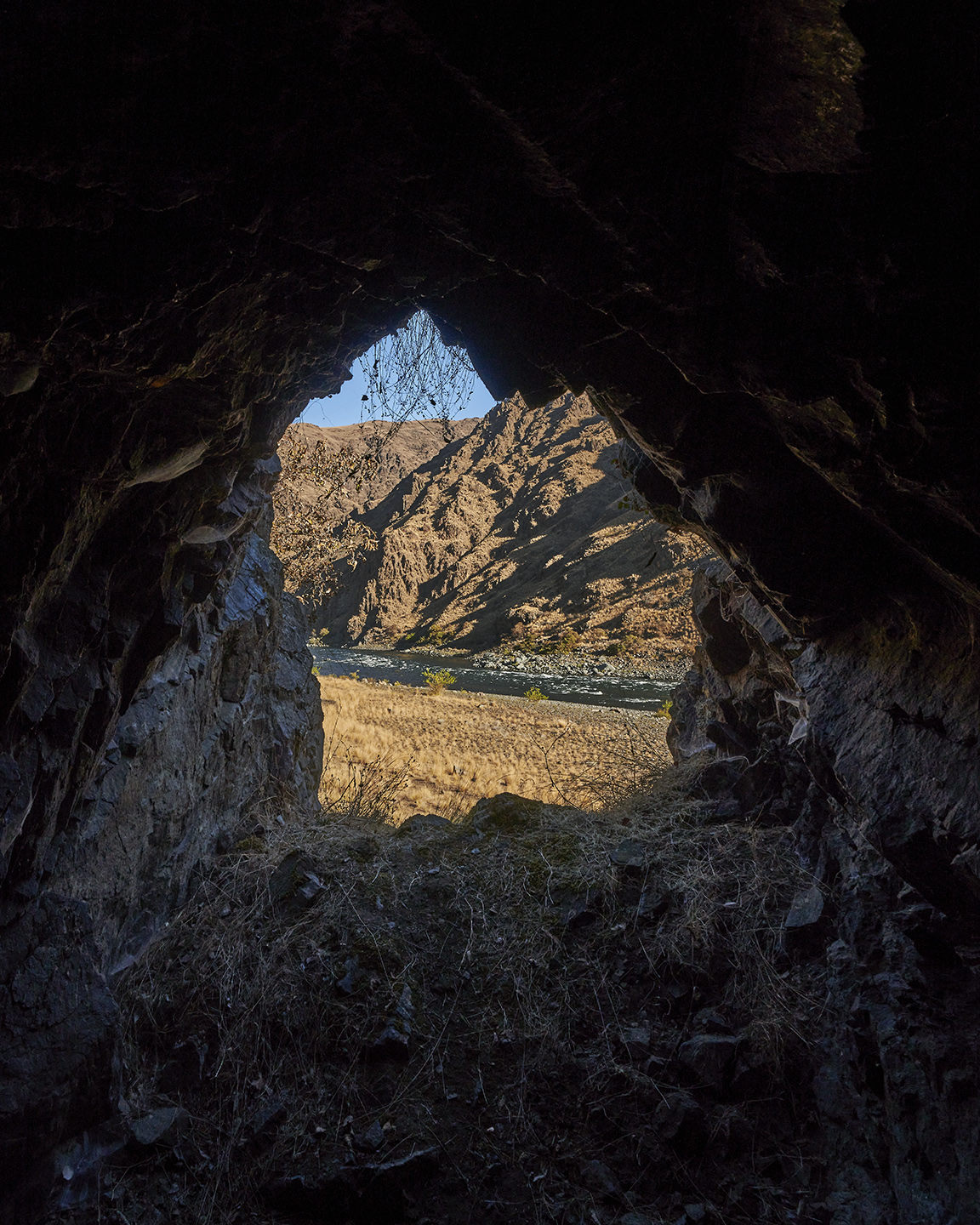
The End of Myth: From the Frontier to the Border Wall in the Mind of America by Greg Gorman
Mediocre: The Dangerous Legacy of White Male America by Ijeoma Oluo
This Land: How Cowboys, Capitalism, and Corruption are Ruining the American West by Christopher Ketcham
Unsettled Ground, The Whitman Massacre and its Shifting Legacy in the American West, by Cassandra Tate
Massacred for Gold, The Chinese in Hells Canyon, R. Gregory Nokes
Facing West, Indian Hating & Empire Building, by Richard Drinnon
Public Power, Private Dams, The Hells Canyon High Dam Controversy, Karl Boyd Brooks
Underland: A Deep Time Journey, Robert Macfarlane
Land: How the Hunger for Ownership Shaped the Modern World, Simon Winchester
Cadillac Desert, The American West and its Disappearing Water, Marc Reisner
Hiking Hells Canyon and Idaho’s Seven Devils Mountains, Fred Barstad
Islands and Rapids, A Geologic Story of Hells Canyon, Tracy Vallier
American Zion: Cliven Bundy, God & Public Lands in the West, by Betsy Gaines Quammen
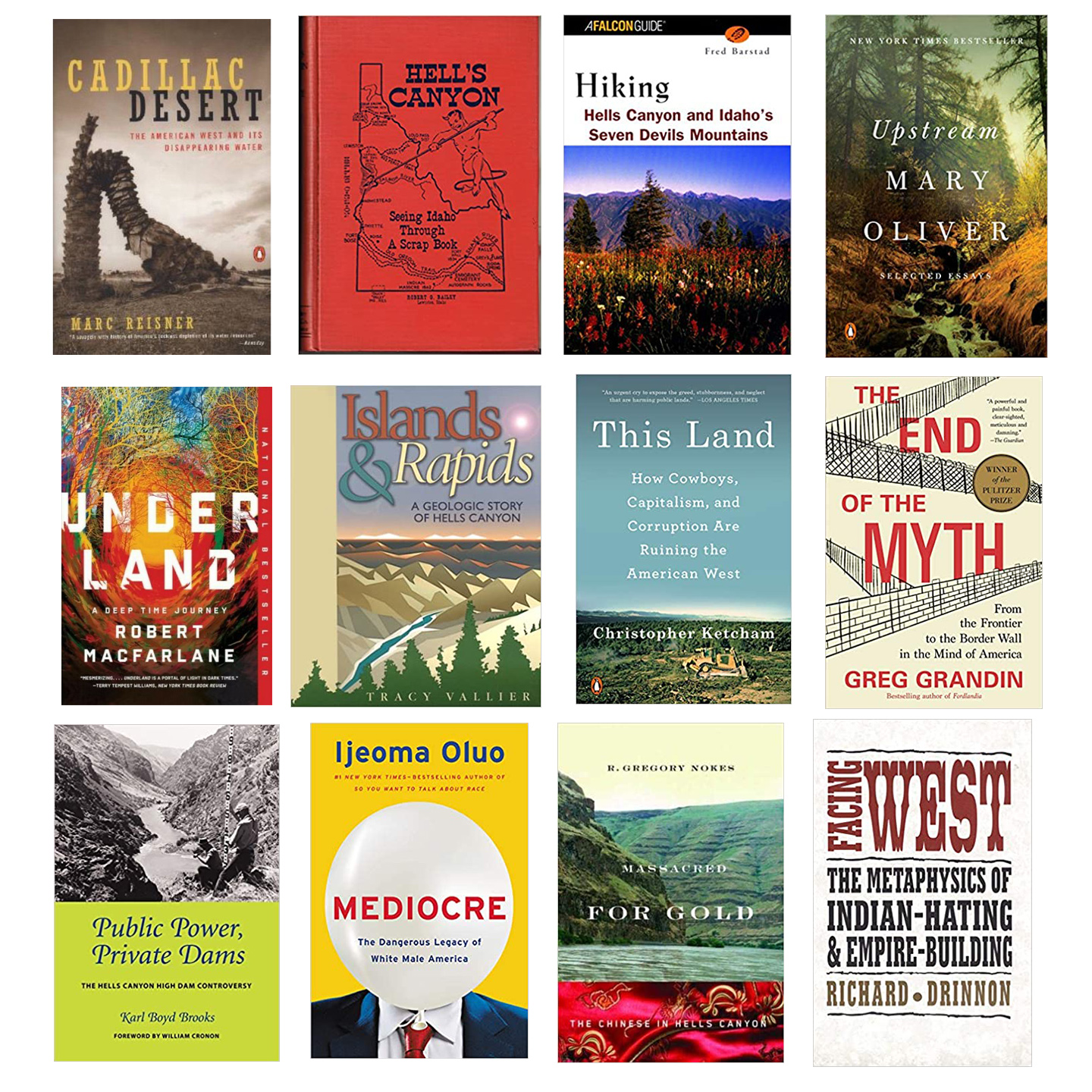
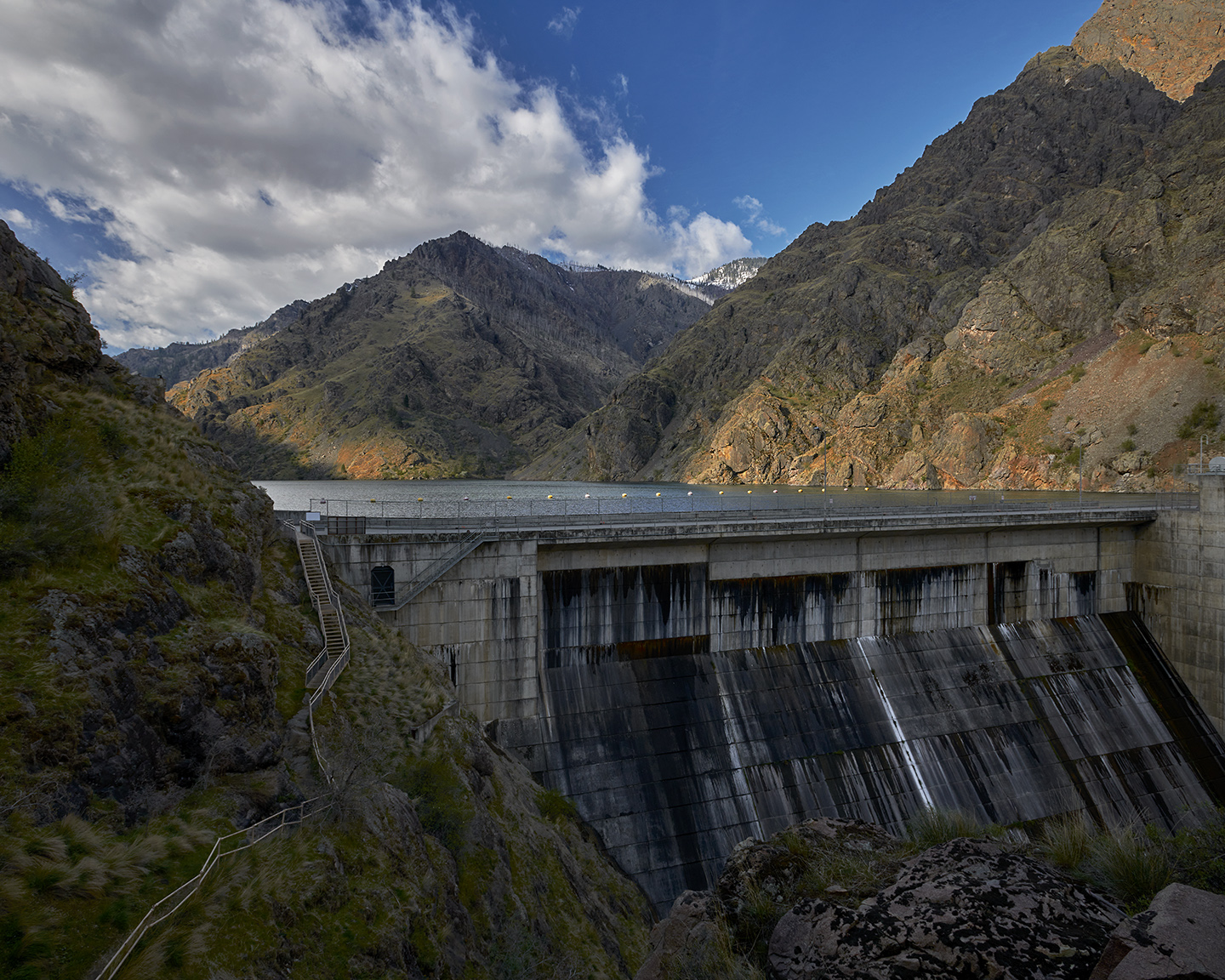

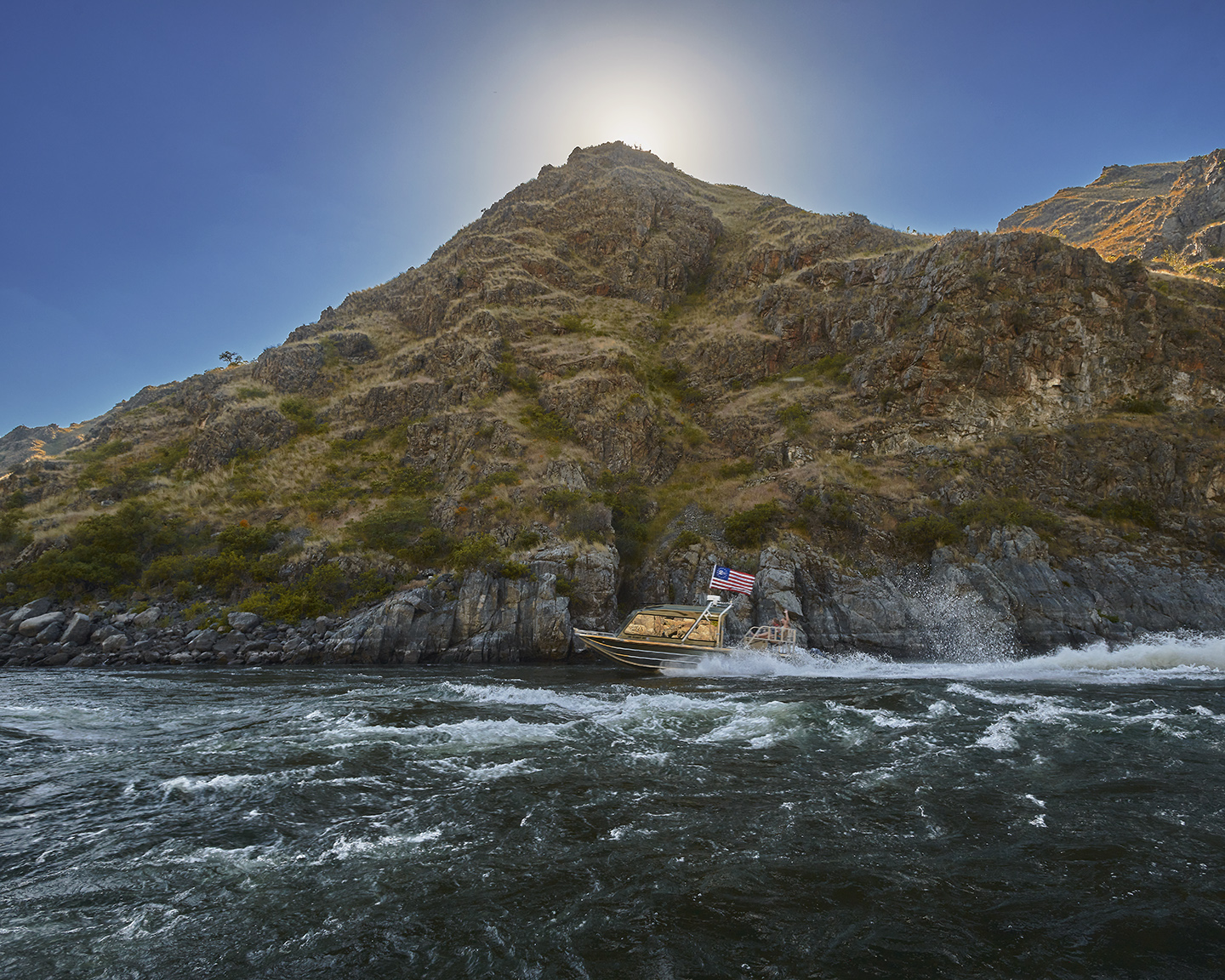
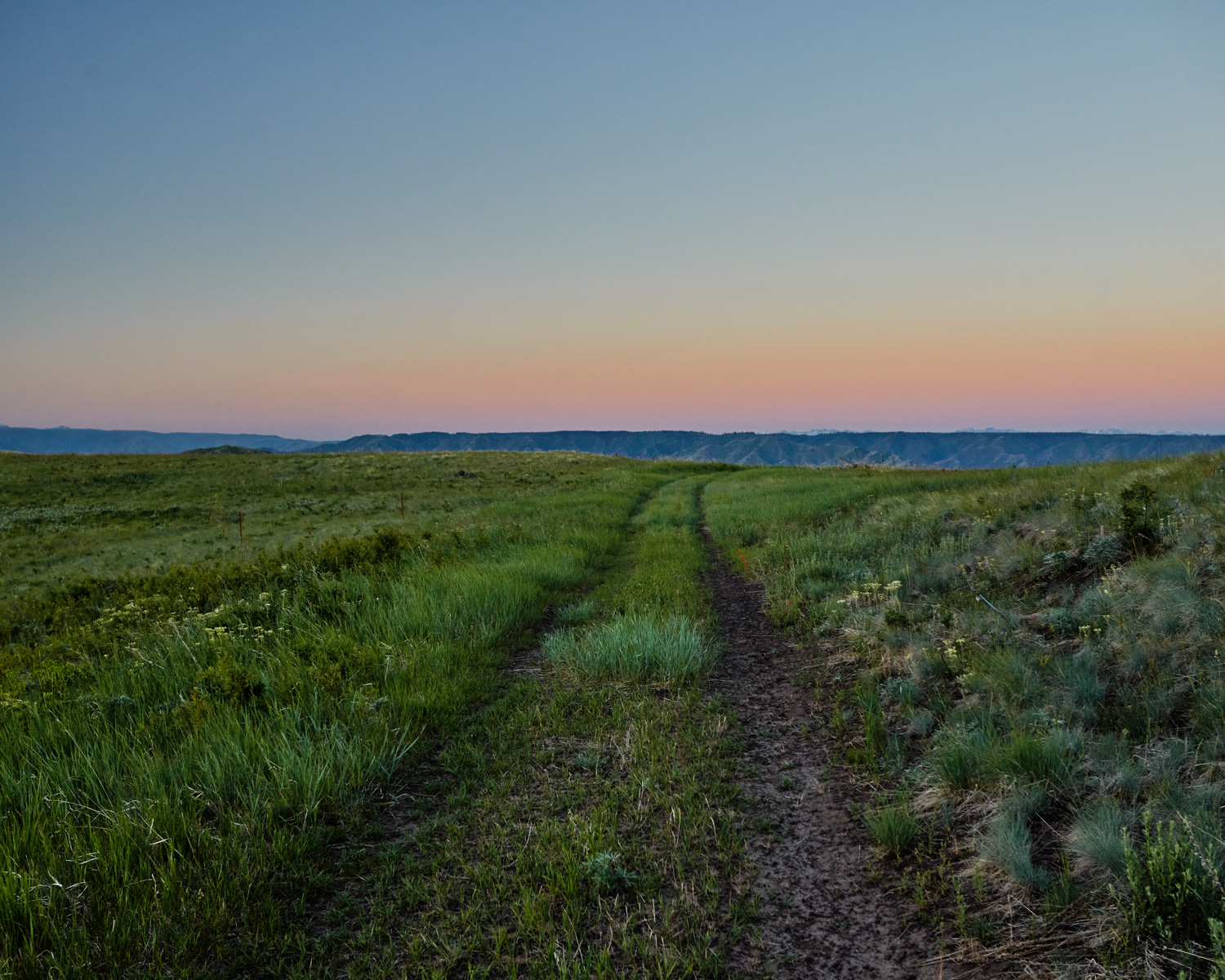
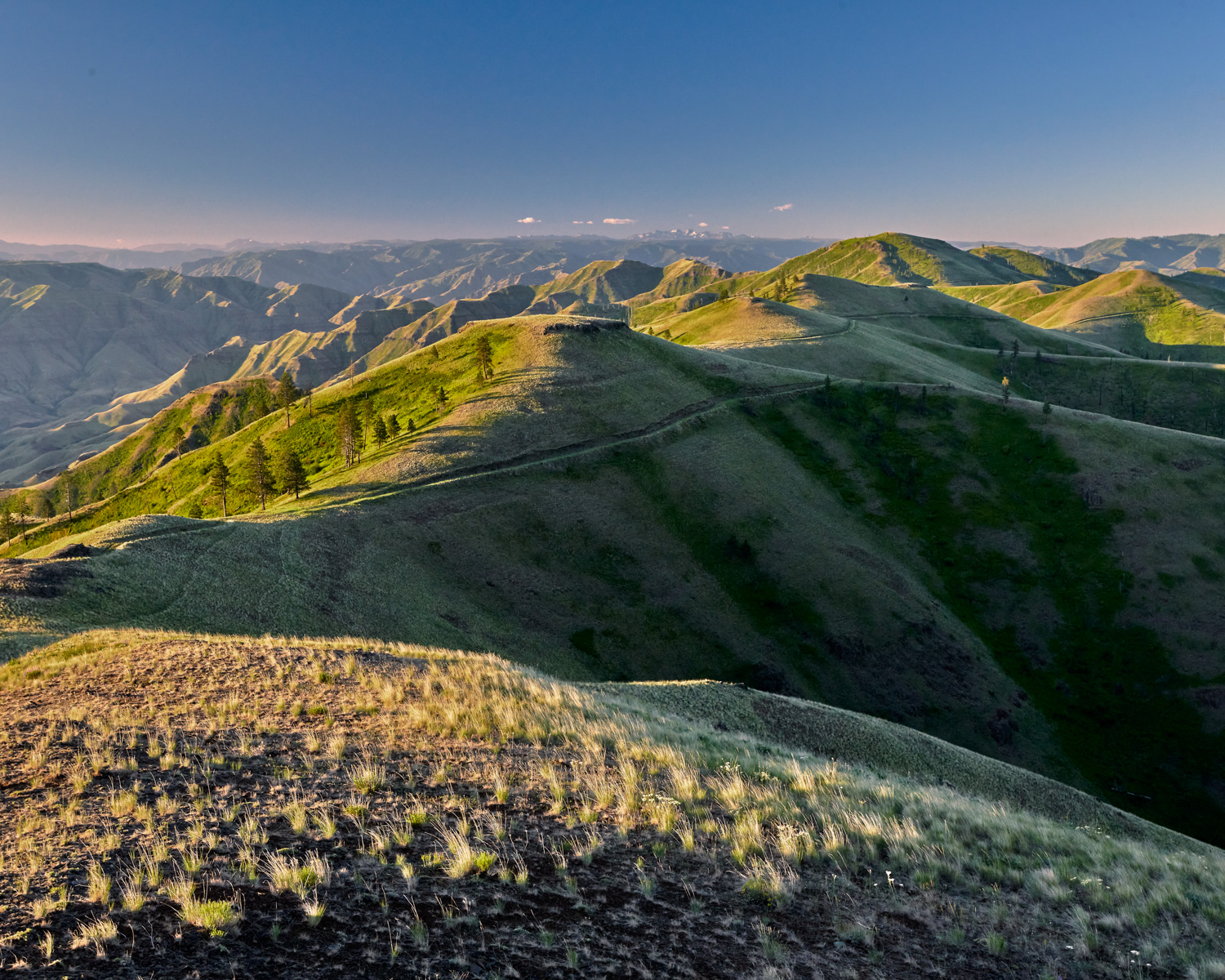
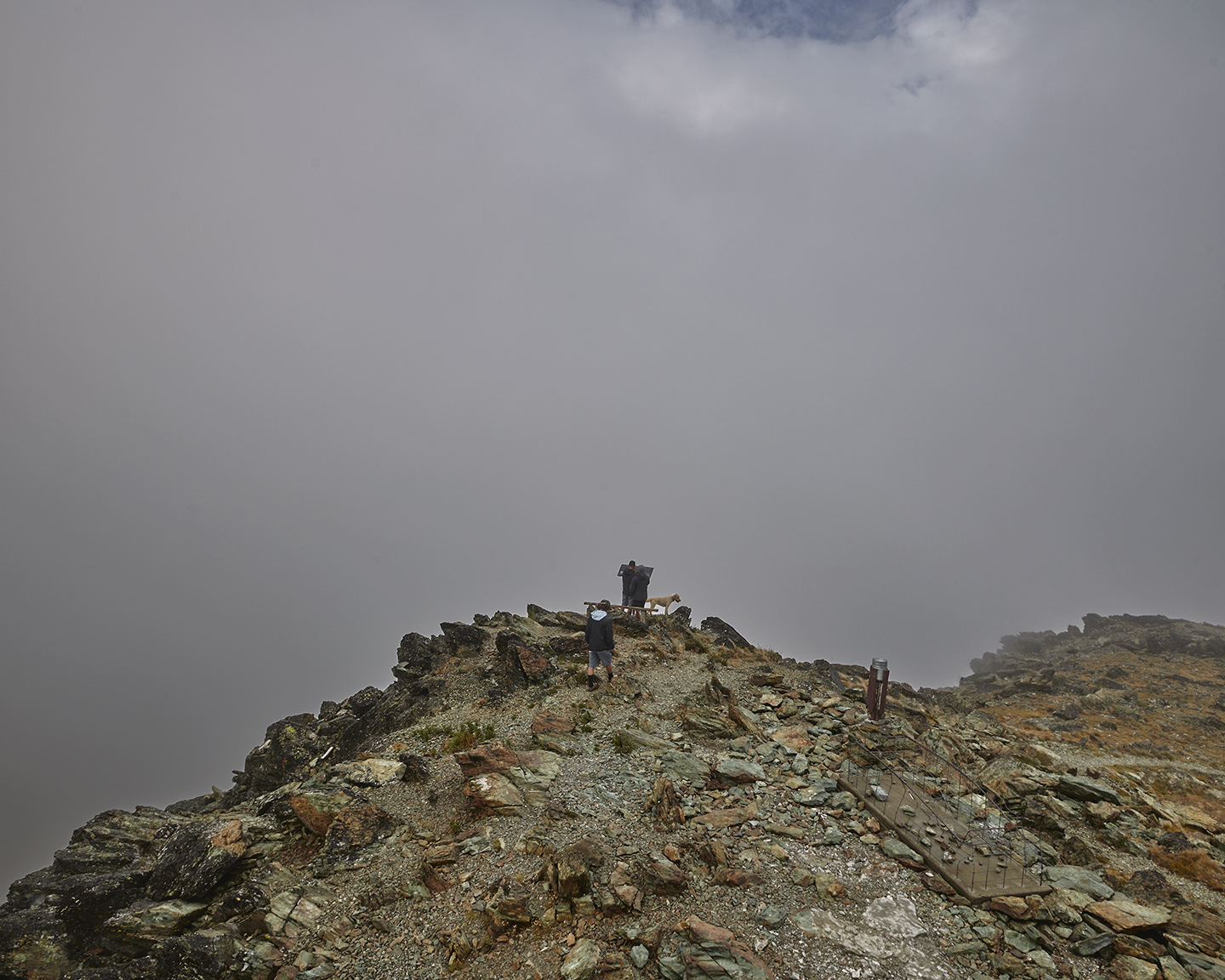
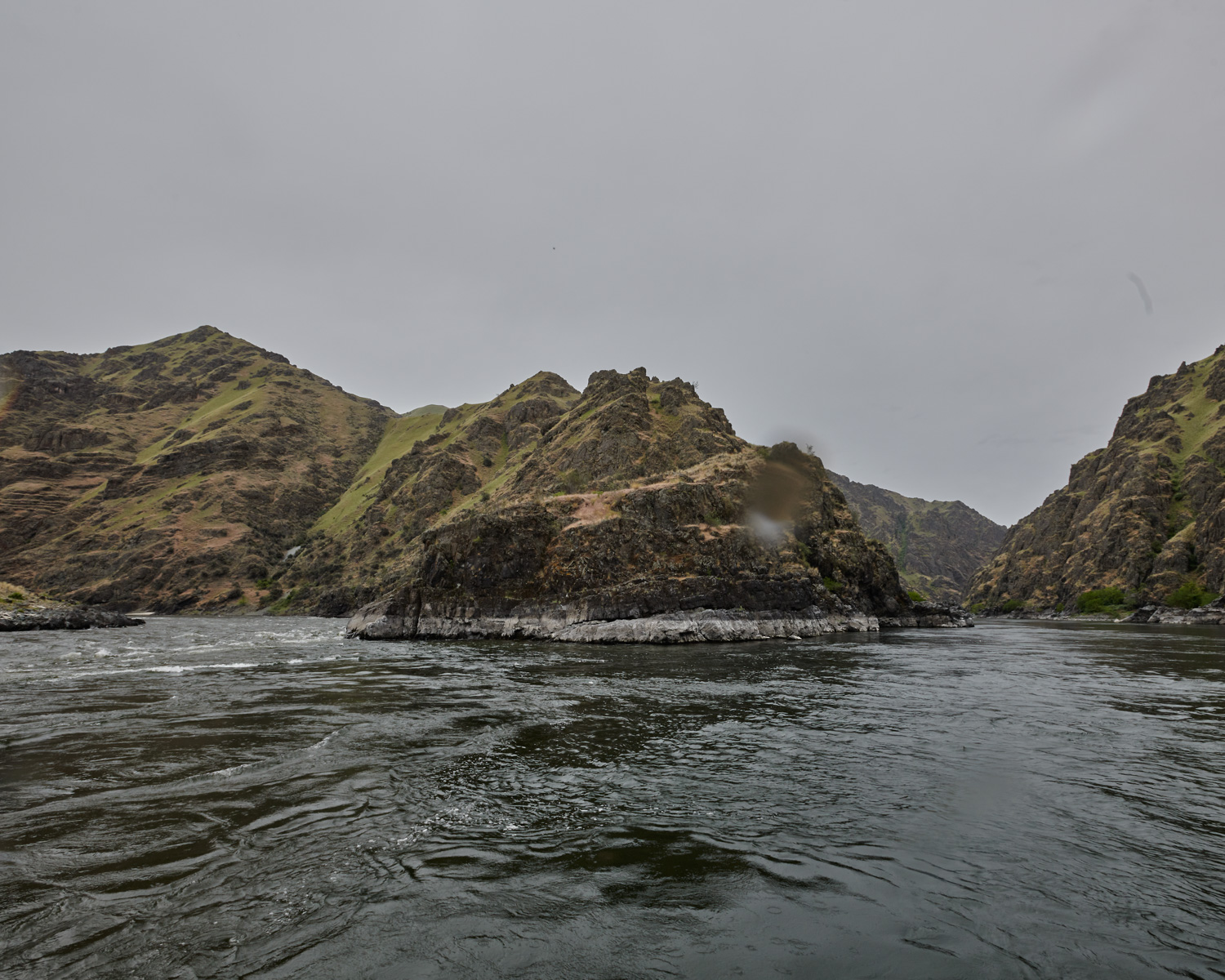
words
. . . . . . . . . . . . . . . . . . . . . . . . . . . . . . . . . . . .
Instagram, June 4, 2021
Appreciating some of the fauna in Hells Canyon including Rocky Mountain Big Horn sheep and a 🦅. Currently there are perhaps 1000 Rocky Mountain Big Horn Sheep in Hells Canyon. Prior to European settlements, it is estimated that there were over 10,000 sheep.
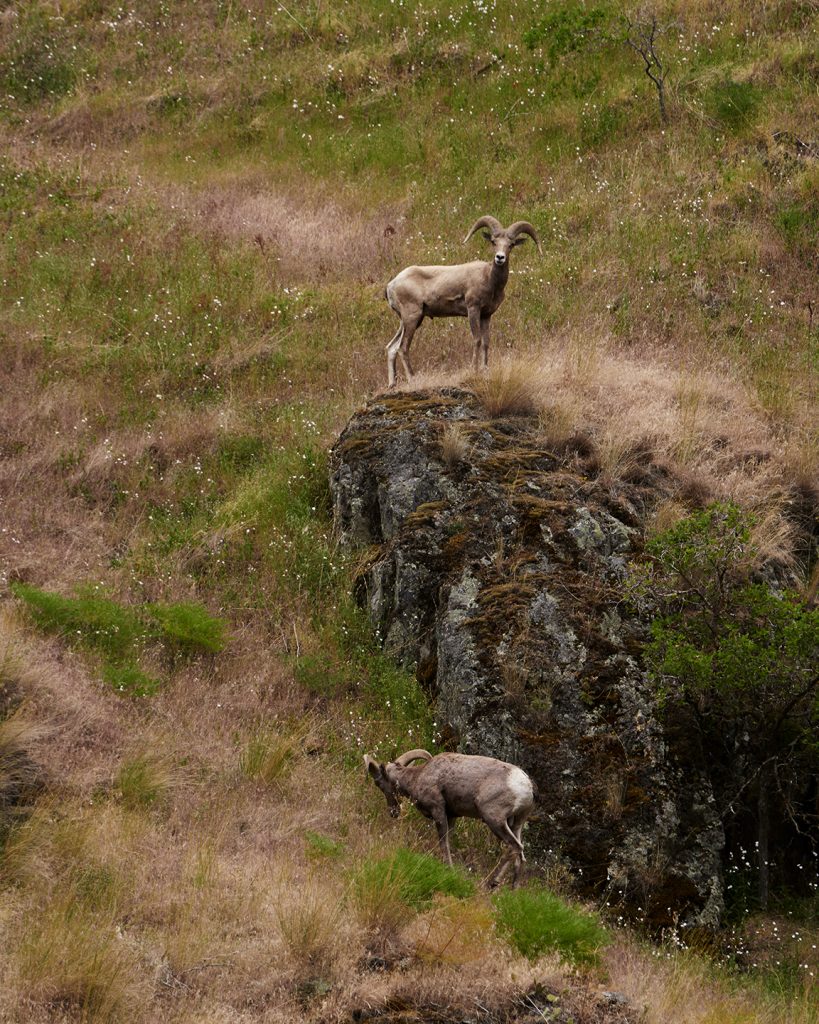
Overgrazing of domestic sheep and cattle, disease, & unregulated hunting all contributed to the elimination of wild sheep. Bighorn sheep were reintroduced in the 1970’s, though struggled because of disease and competition with domestic sheep.
The Hells Canyon National Recreation Area (HCNRA) was enacted in 1975, which while eliminating further damning, still allowed for livestock grazing and timber harvest. Rocky Mountain Big Horn Sheep did not began to thrive again until after a 1994 9th circuit court case in Portland led to the removal of domestic sheep from the HCNRA.
Instagram, June 9, 2021
Ijeoma Oluo in her recent book Mediocre: The Dangerous Legacy of White Male America, writes at length about the 2014 Bundy standoff in Bunkerville, Nevada and the 2015 occupation of Oregon’s Malheur National Wildlife Refuge.
In a nutshell, both incidents were fueled by white male entitlement including cowboy mythology and “one man going against the world” as exemplified by Cliven Bundy, an early leader in the “Patriot” movement. Legally, the conflict stemmed from ranchers not paying federal grazing fees in one instance and setting fires on federal lands in another.
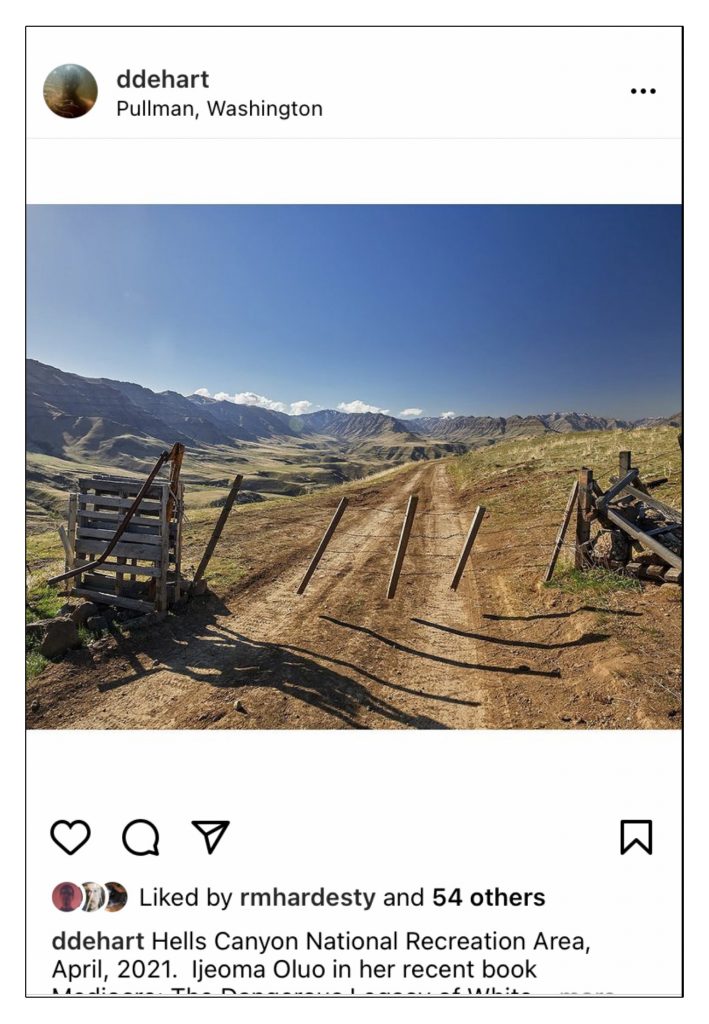
While photographing in the Imnaha, I was quite surprised to come across this makeshift gate and fence placed across a public road on public land in the Hells Canyon National Recreation Area. During our drive, we passed hundreds of cattle complete with a cattle roundup in progress. In looking at the map of the area, the boundaries of public and private land are confusing and seemingly porous. Conveniently, many of the cattle guards separating public lands were filled with rocks and dirt so cattle might pass between.
Christopher Ketchum in his 2019 book, This Land: How Cowboys, Capitalism, and Corruption are Ruining the American West, writes at length about the incredible destructiveness cattle cause to the environment, in addition to the essential free access ranchers like the Bundy’s feel entitled to on public lands.
Instagram, Sept. 30, 2021
In the process of doing historical research on Hells Canyon with the WSU Manuscripts, Archives, and Special Collections. The included black & white image is one of a 157 loose leaf prints compiled in an album by engineer C.C. Van Arsdol.
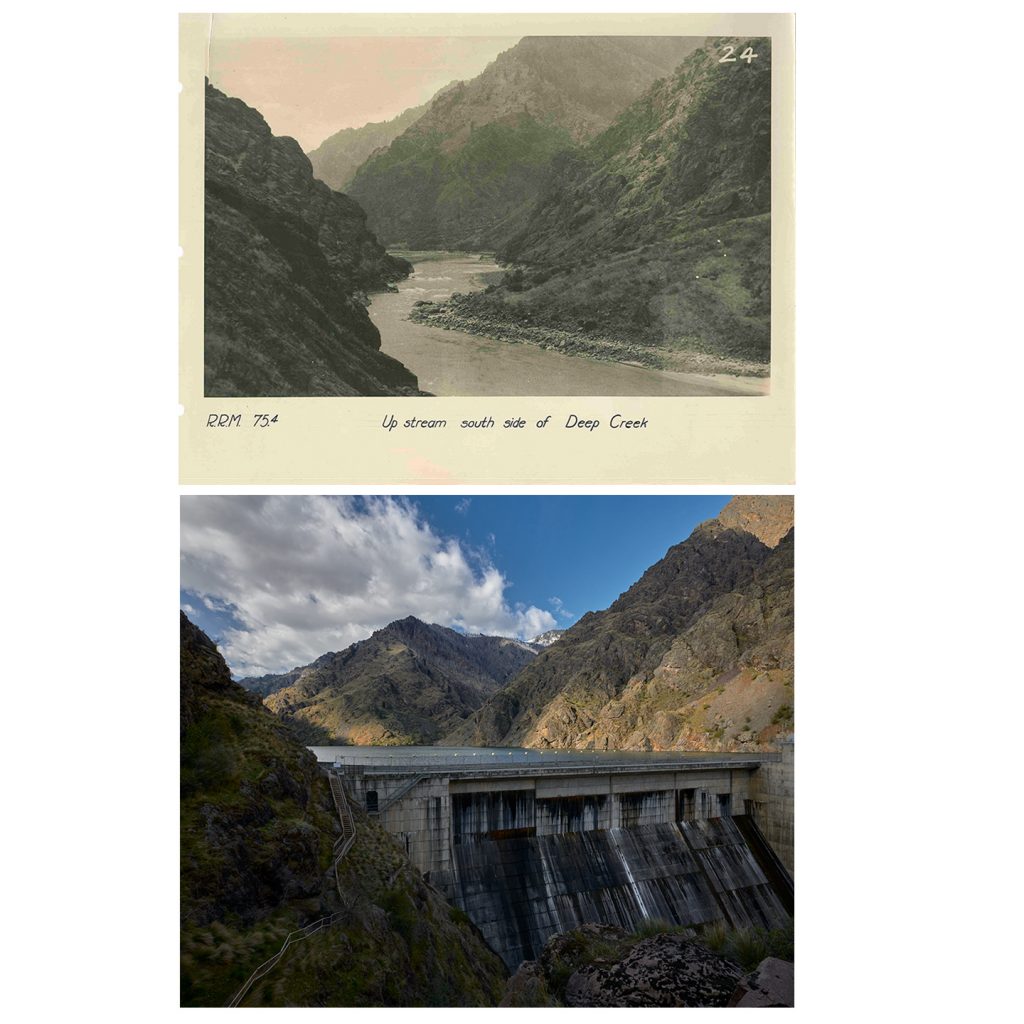
The prints are part of 1927 proposed construction plan for railroad along the Snake River in Hells Canyon. The 2021 color image includes the Hells Canyon Dam, which is 330 tall. For reference, the Statue of Liberty 🗽 is 303 feet from ground level to torch. I am perhaps a 1/2 mile or so further “up-stream” from where the 1927 photo was taken.
Field Notes, Sept. 15, 2021
Camping at Cow Creek next to the Imnaha River, Hells Canyon Recreation Area. Yom Kippur starts tonight. Listened to the Hidden Brain today and the podcast was on happiness. Among topics such as gratitude, it talked about writing down the bad things that happen.
In the field today photographing, after dropping off work at the Josephy Art Center. Photographed and imaged drone video on the Hells Canyon Lookout towards Halfway, Oregon. Epic spaces….
After way to much driving, rode my e-bike down the Imnaha River Trail (bad idea) fell over and hit my head on a rock (fortunately was wearing a helmet, so aside from some sore hands, all good) Then 5 minutes later fell over and again and then noticed I had a flat tire. Not sure if they are connected.
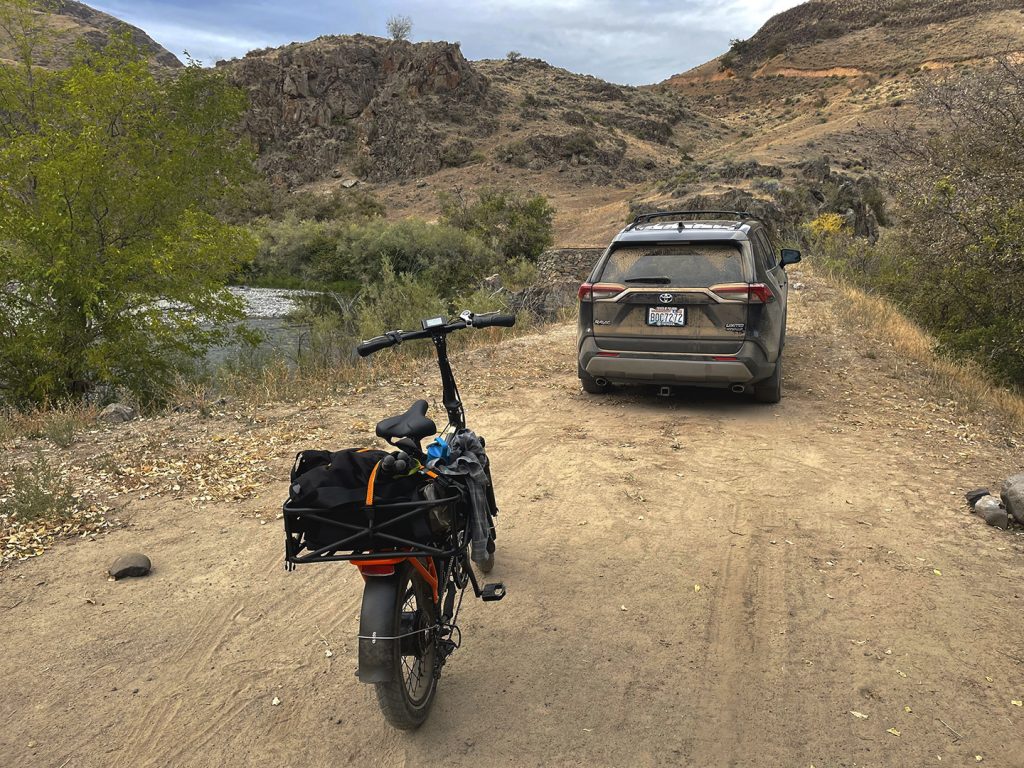
Decided to leave the bike in the trail and walk down to photograph and fly the drone. Took some nice images. I forgot the drone has no sensors while flying backward and crashed it (DJI is adding rear sensors on v.3) Spent an hour looking for it, but because of limited GPS, was fruitless. Bushwhacked through blackberry bushes, fell down some hills, scurried along rock faces-I was really hating the moment and felt like crying several times as it got dark. Finally got off the side of the hill (no drone).
Will hike down the Imnaha River trail tomorrow (9 miles roundtrip) and take one more stab at recovery. Car camping tonight. Didn’t feel like dinner. Washed in the river with shaving cream, put some lotion on my chewed up hands and legs and am now in the car horizontal writing this.
Instagram, May 29, 2022
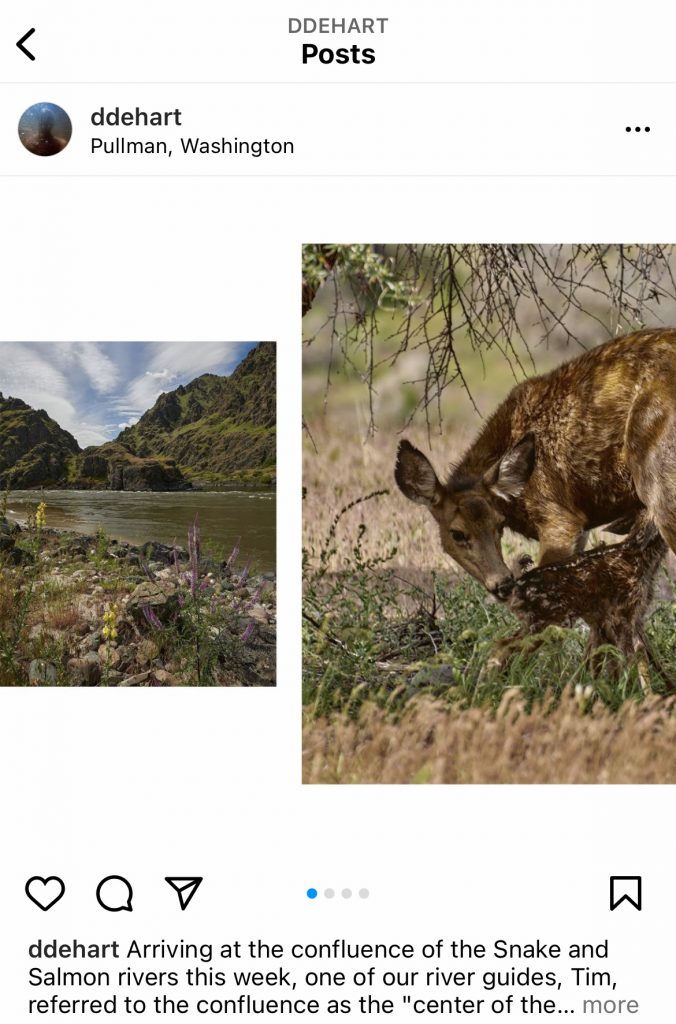
Arriving at the confluence of the Snake and Salmon rivers this week, one of our river guides, Tim, referred to the confluence as the “center of the universe.”
Later while hiking around the confluence, I came across a white tail deer who had just given birth to two fawns. They were so newly born, that the does placenta was still attached and the fawns were struggling to try to stand.
It was a both an incredibly beautiful moment, while also awkward, as the encounter was obviously distressing the mother, who was torn between protecting her young and self preservation.
I just sat (a healthy distance away) and watched the new lives unfold at the “center of the universe.” Fortunately over time, the doe calmed, and was able to nurse the fawns. There was something really special about this intimate, chance encounter with wild beauty.
Instagram, 6.1.22

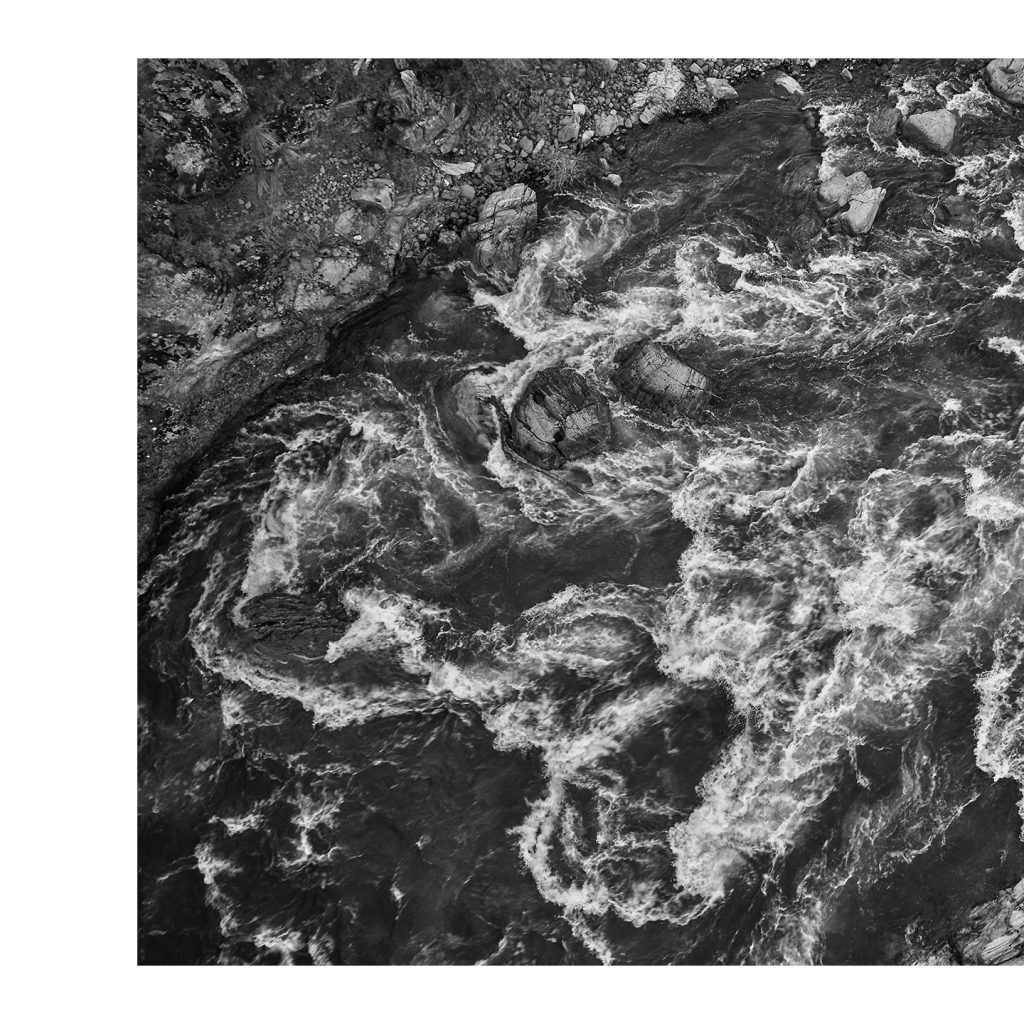



Like a good mystery, where the plot has been slowly revealed, I am both humbly enlightened and equally exasperated by my experiences and knowledge in Hells Canyon, over the last 16 months. To romanticize Hells Canyon, is a disservice. This is no national park, but a land of compromise and competing values, vying for the extremes of American individualism. Perhaps the only time that I truly escaped this reality, was backpacking 20 miles into the Seven Devils Wilderness.
Politics aside, a wild beauty permeates Hells Canyon at every turn. There is something quite magical, to stand next to the flowing Snake River, observing cactus and moss growing side by side, while gazing towards snowcapped mountainous peeks. The uncanny juxtaposition of spring flowers, contrasted by geologic forms of deep time, simply amazes and tickles the minds macro and micro wanderings.
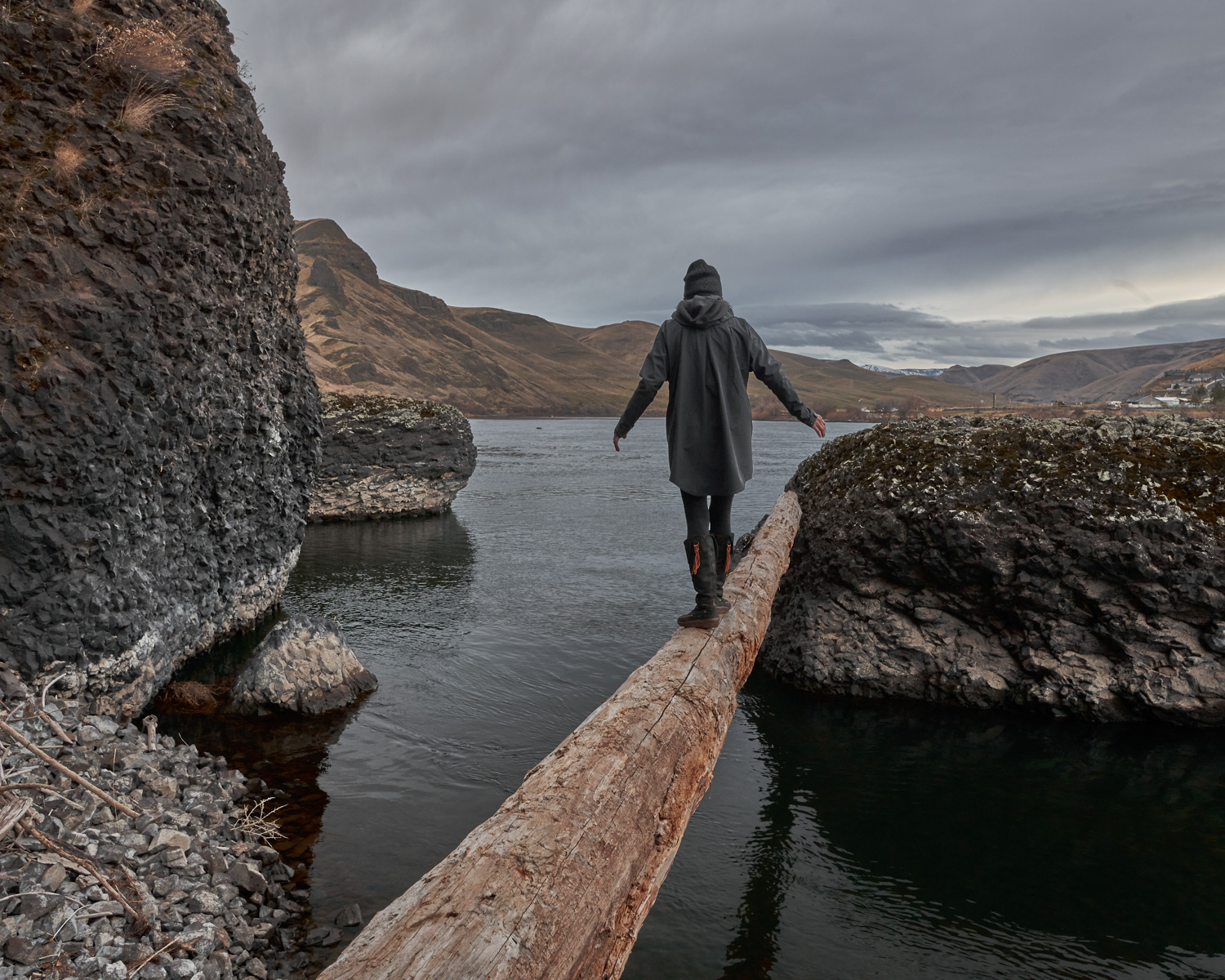
Instagram, 6.22.22
A story I have read in several places includes “the Snake was given its present day name, when it was derived from an S-shaped hand sign made by the Native American tribe, the Shoshones. European explorers misinterpreted this hand sign representing swimming fish as a snake. This hand sign is now thought to have truly meant, “the people who live near the river with many fish.” The winding S-shapes of the river definitely reminds one of a curvy snake, another popular suggestion of why it is named the Snake River.


There are varying accounts of how the Snake River got its name. A few facts I have gleaned: Explorer David Thompson recorded the name for the river, Shawpatin, in 1800. The Shoshone Native American tribe lived along the Snake, and are important to its origins / naming. The United States Geographic Board officially named the river, Snake River in 1912.
. . . . . . . . . . . . . . . . . . . . . . . . . . .
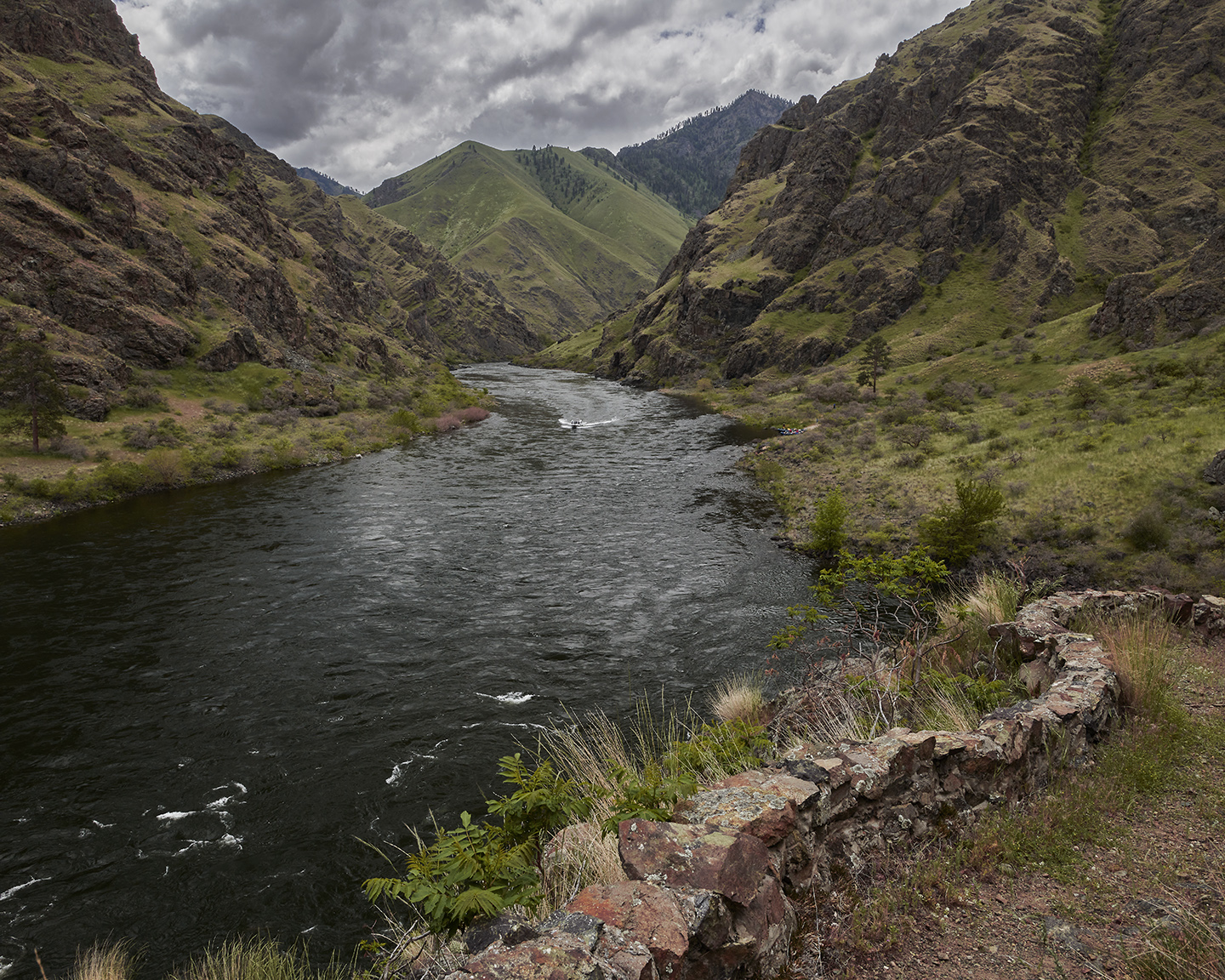
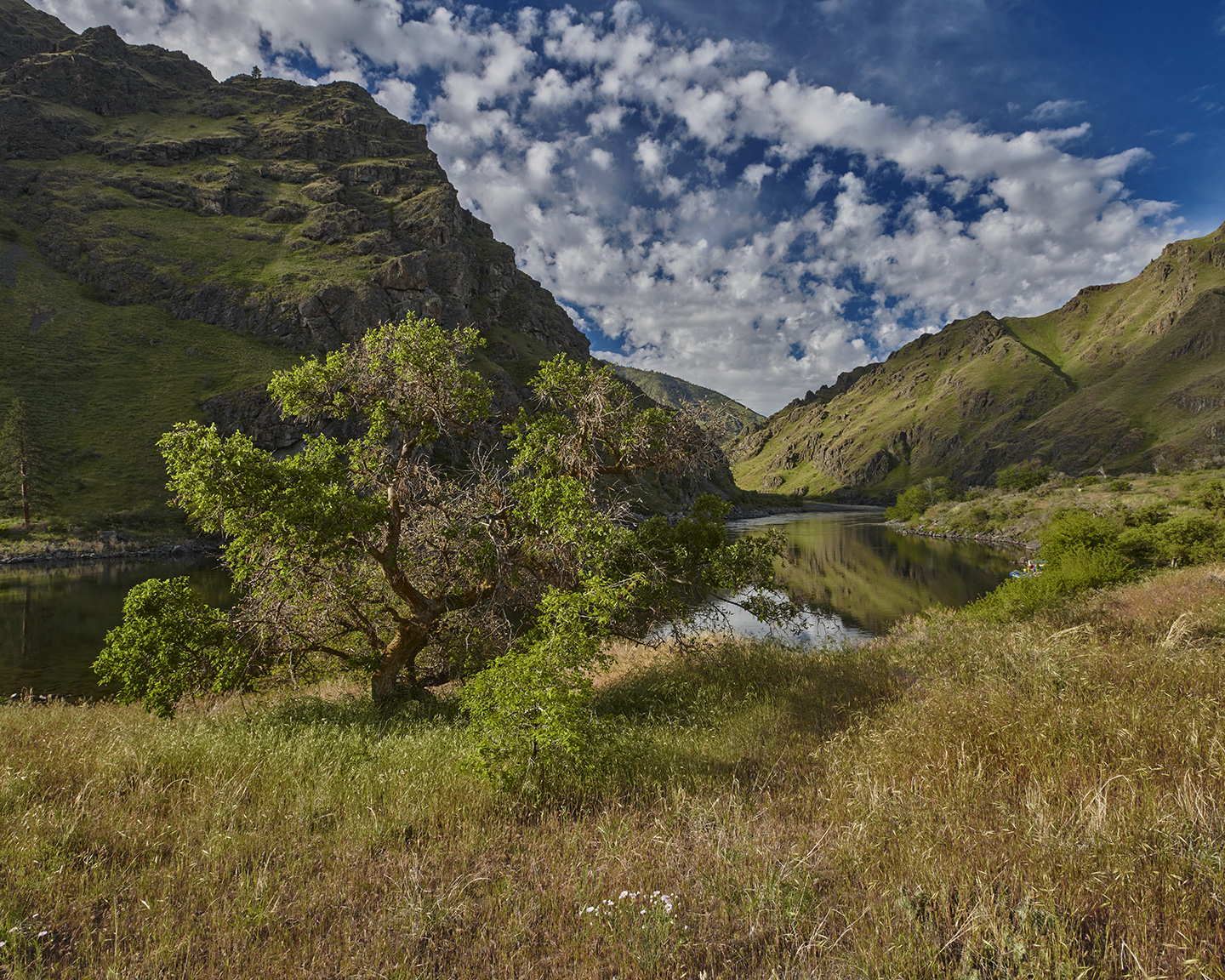
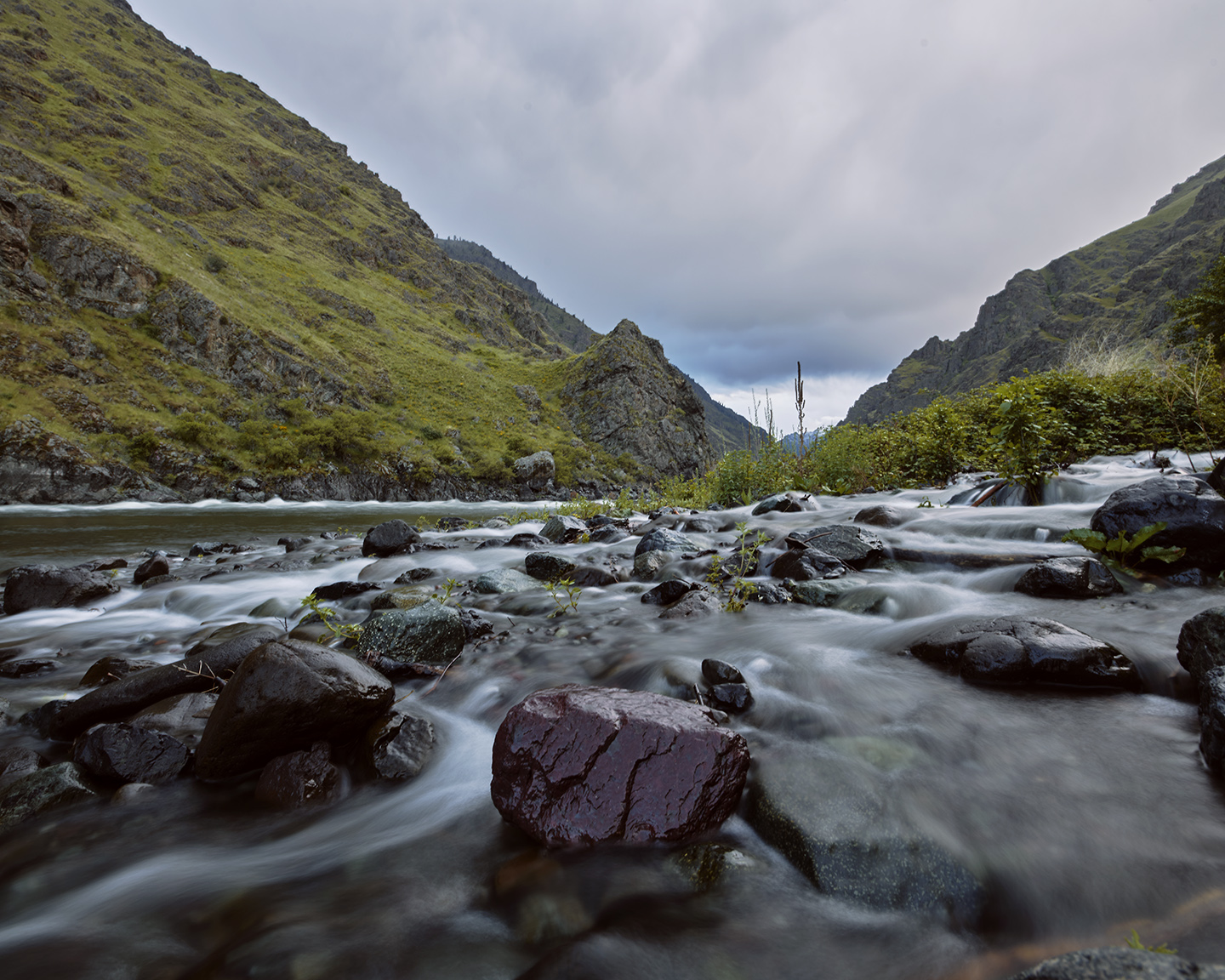
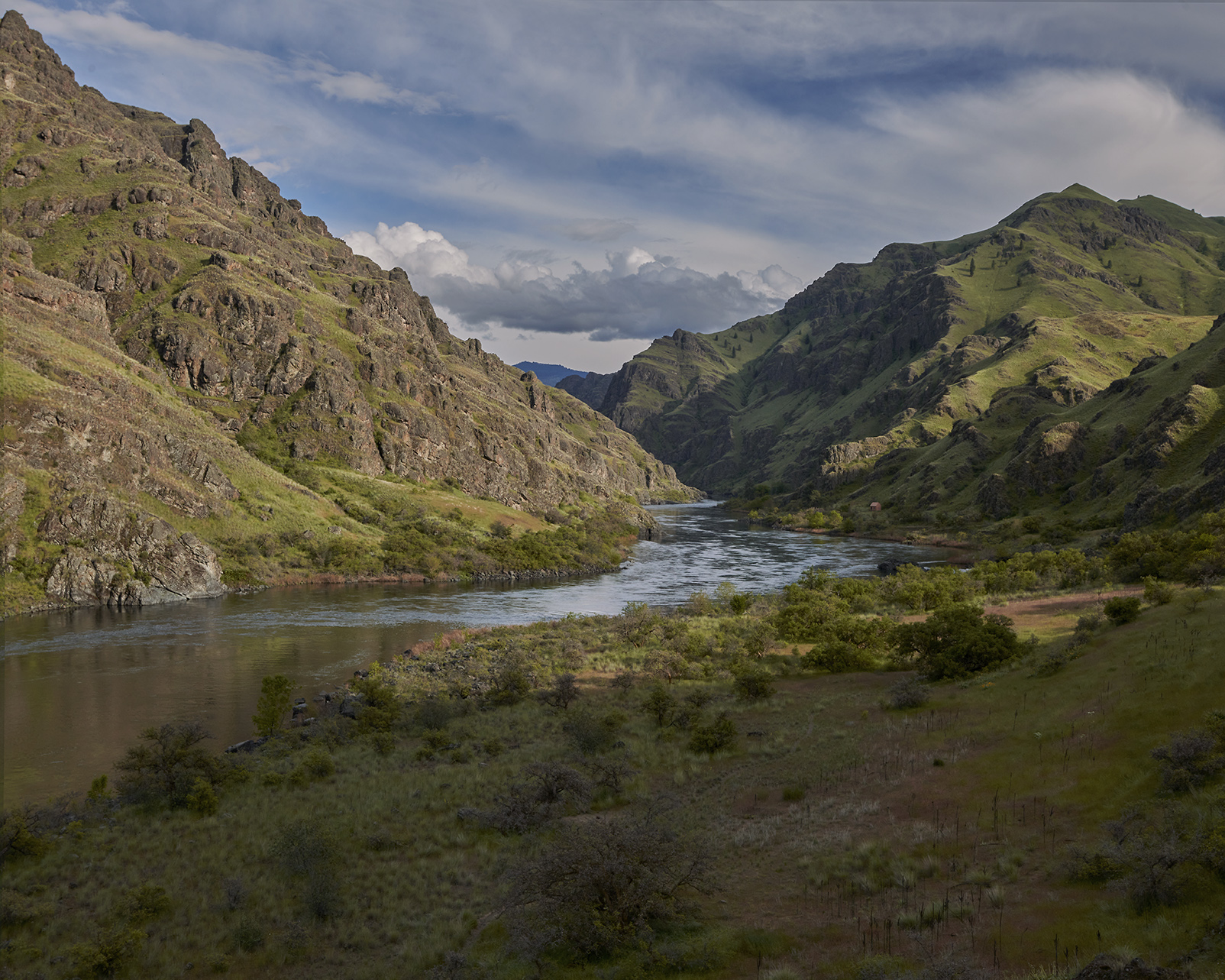
“Landscape is still often understood as a noun connoting fixity, scenery, and immobile painterly decorum. I prefer to think of the word as a noun containing a hidden verb: landscape scapes, it is dynamic and commotion causing, it sculpts and shapes us not only over the course of our lives but also by instant of instant, incident by incident. I prefer to take ‘landscape’ as a collective term for the temperature and pressure of the air, the fall of light and its rebounds, and textures and surfaces of rock, soil and building, and sounds) crickets screech, bird cry, wind through trees), and scents (pine resin, hot stone, crushed thyme) and the uncountable other transitory phenomena and atmosphere that together compromise the bristling presence of a particular place at a particular moment.” –Robert Macfarlane, The Old Ways
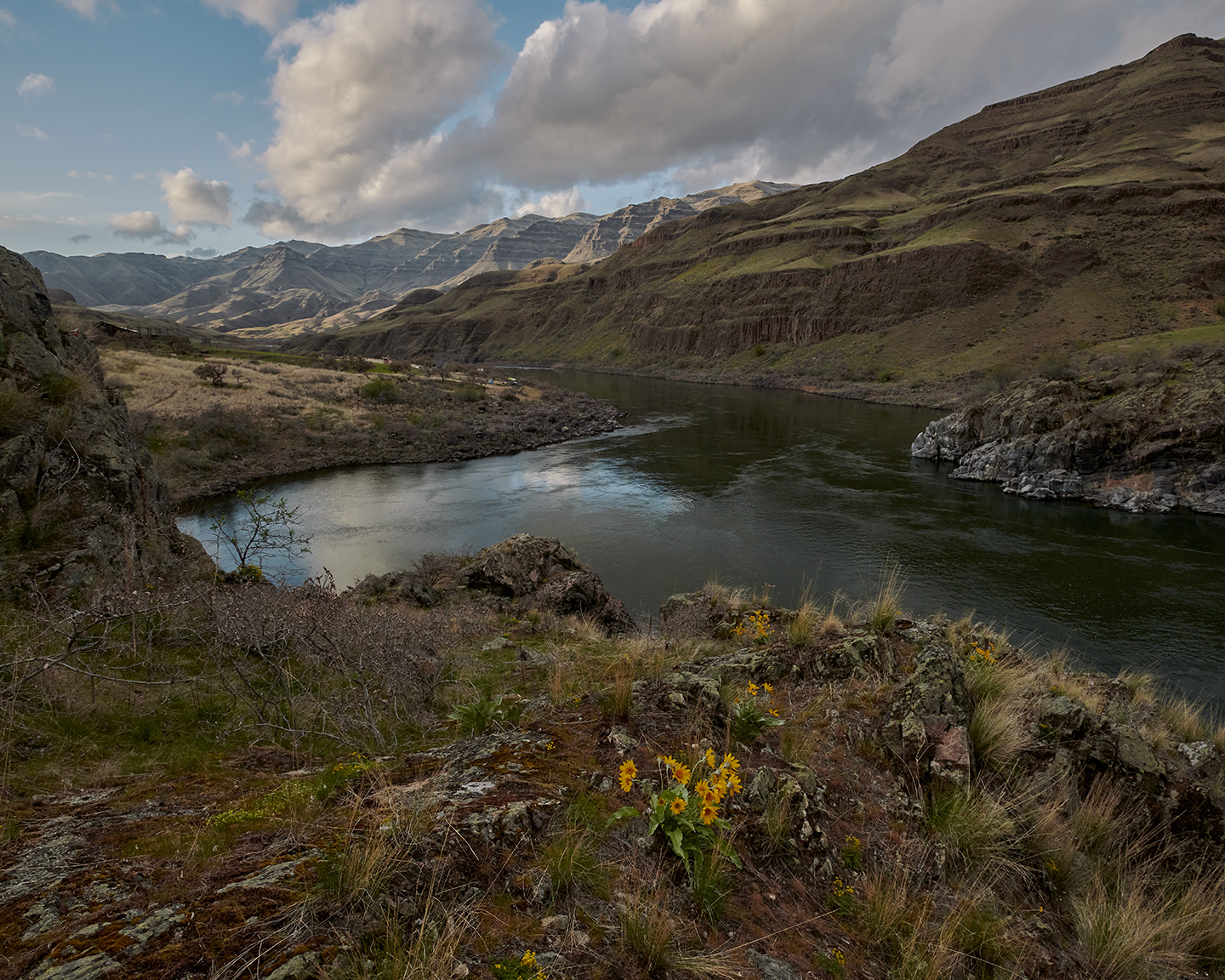
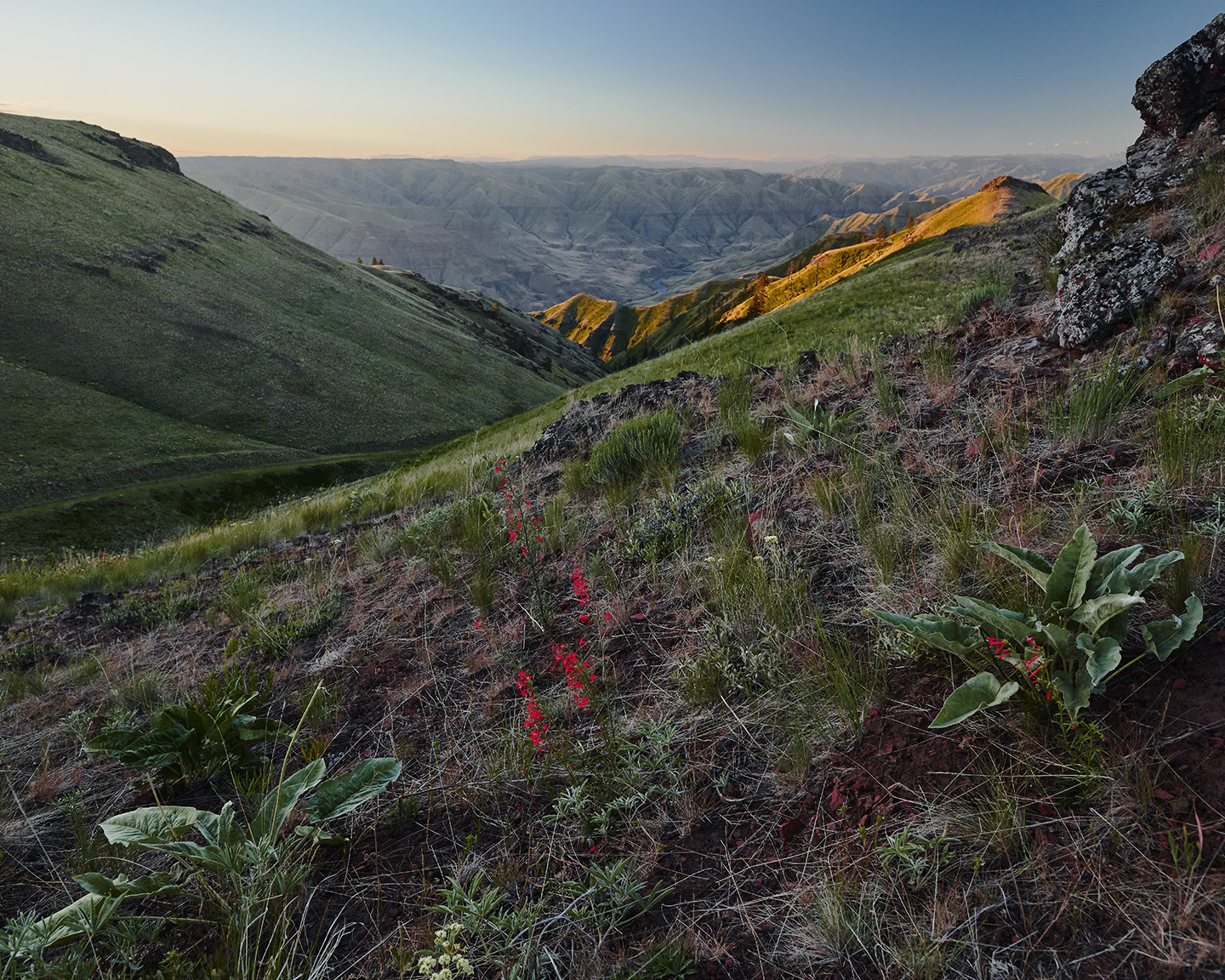
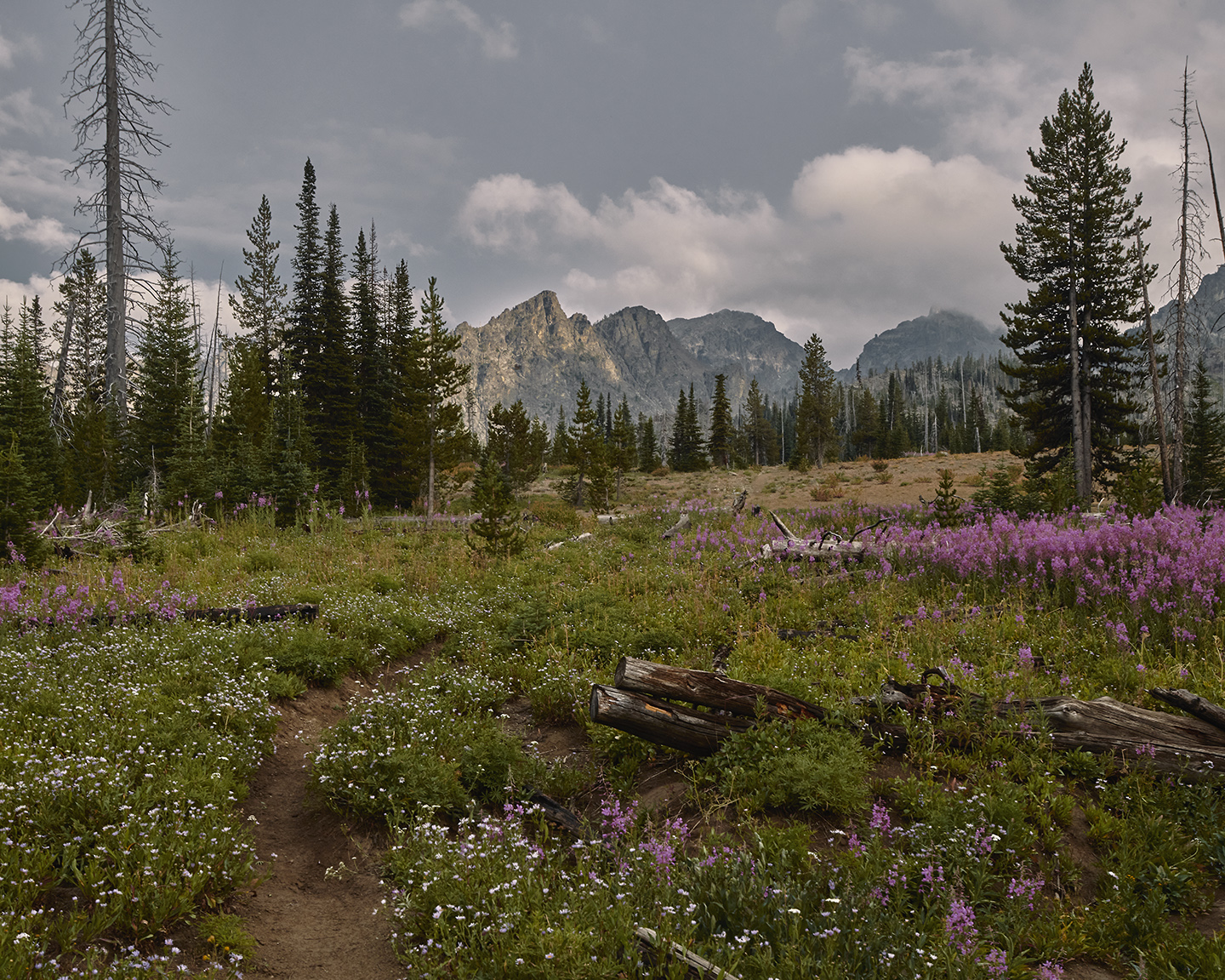
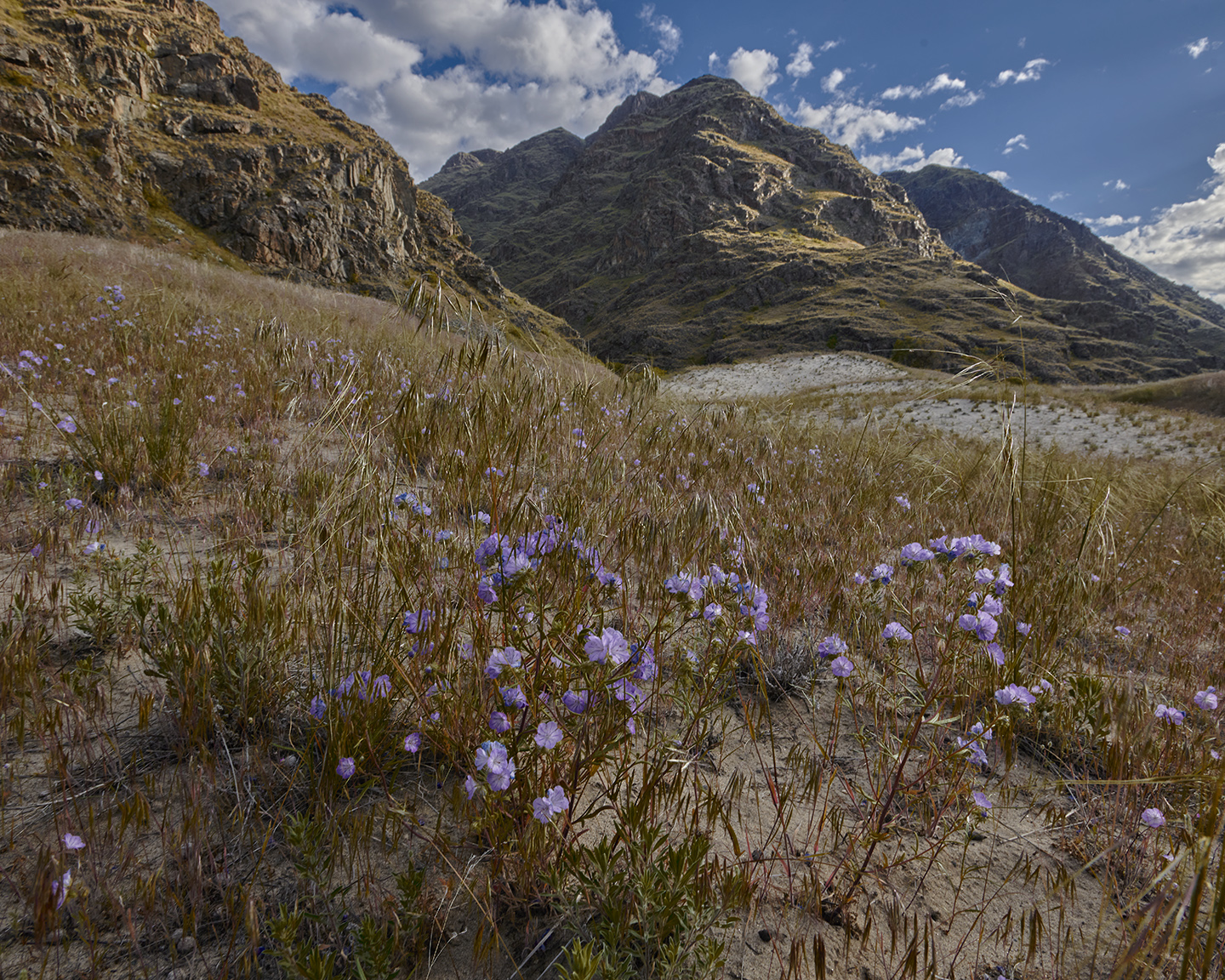
Spring and summer flowers, Hells Canyon Wilderness, 7 Devils, Craig Mountain Wildlife Management area.
All images photographed in Hells Canyon National Recreation Area, Hells Canyon Wilderness, and middle Snake River between the US states of Washington, Oregon, & Idaho, archival pigment prints, variable sizes, © Dennis DeHart, 2022